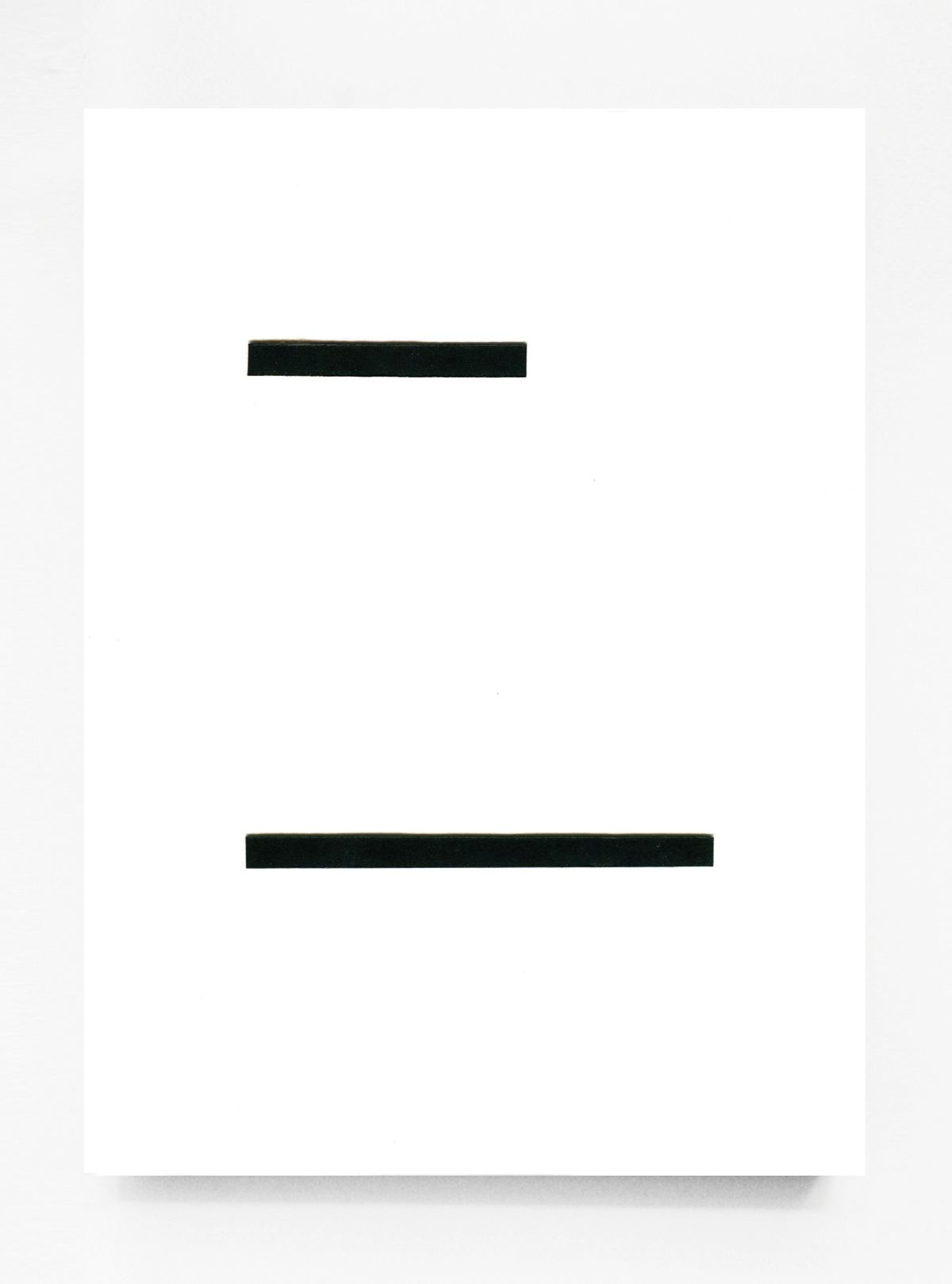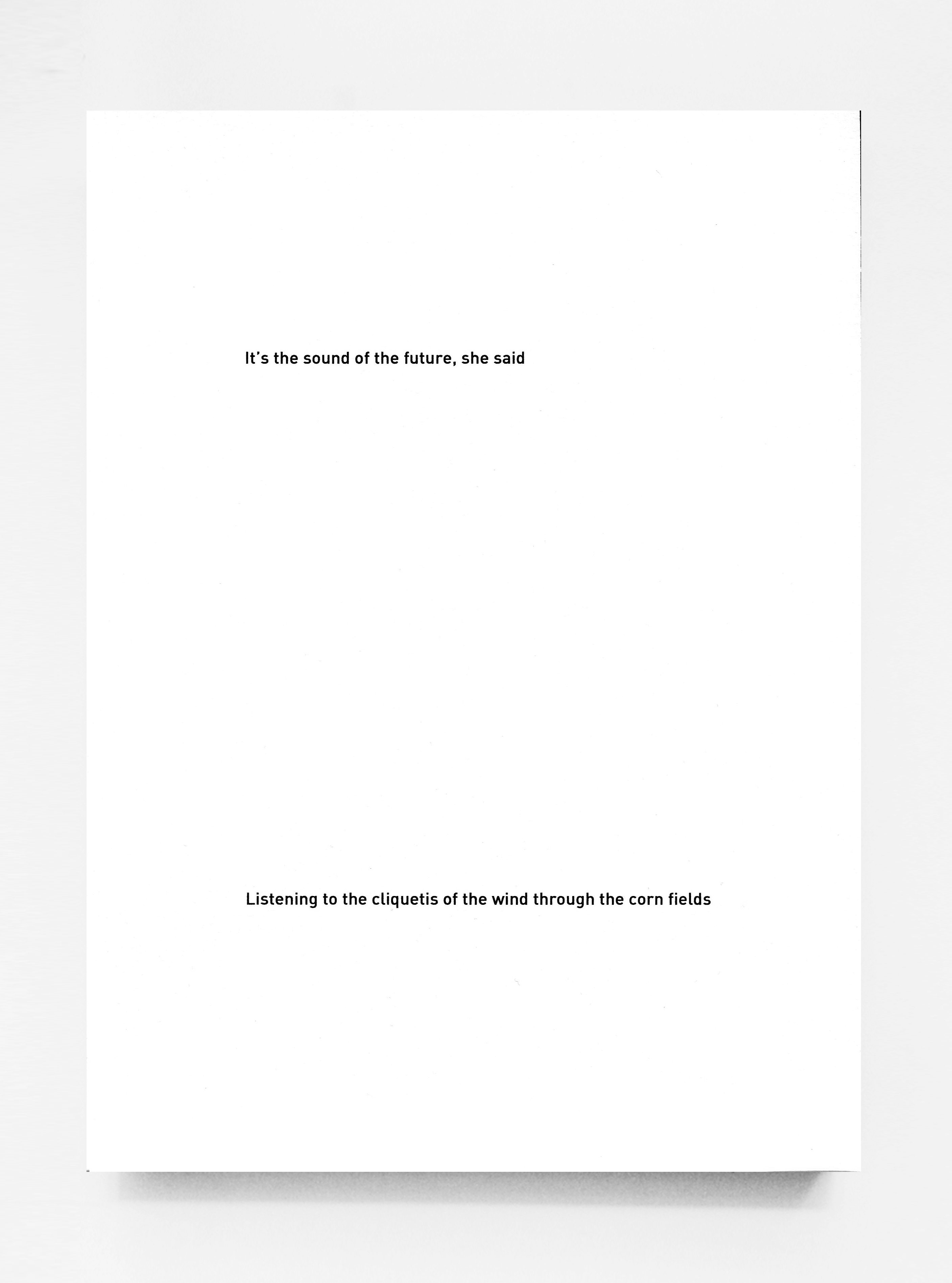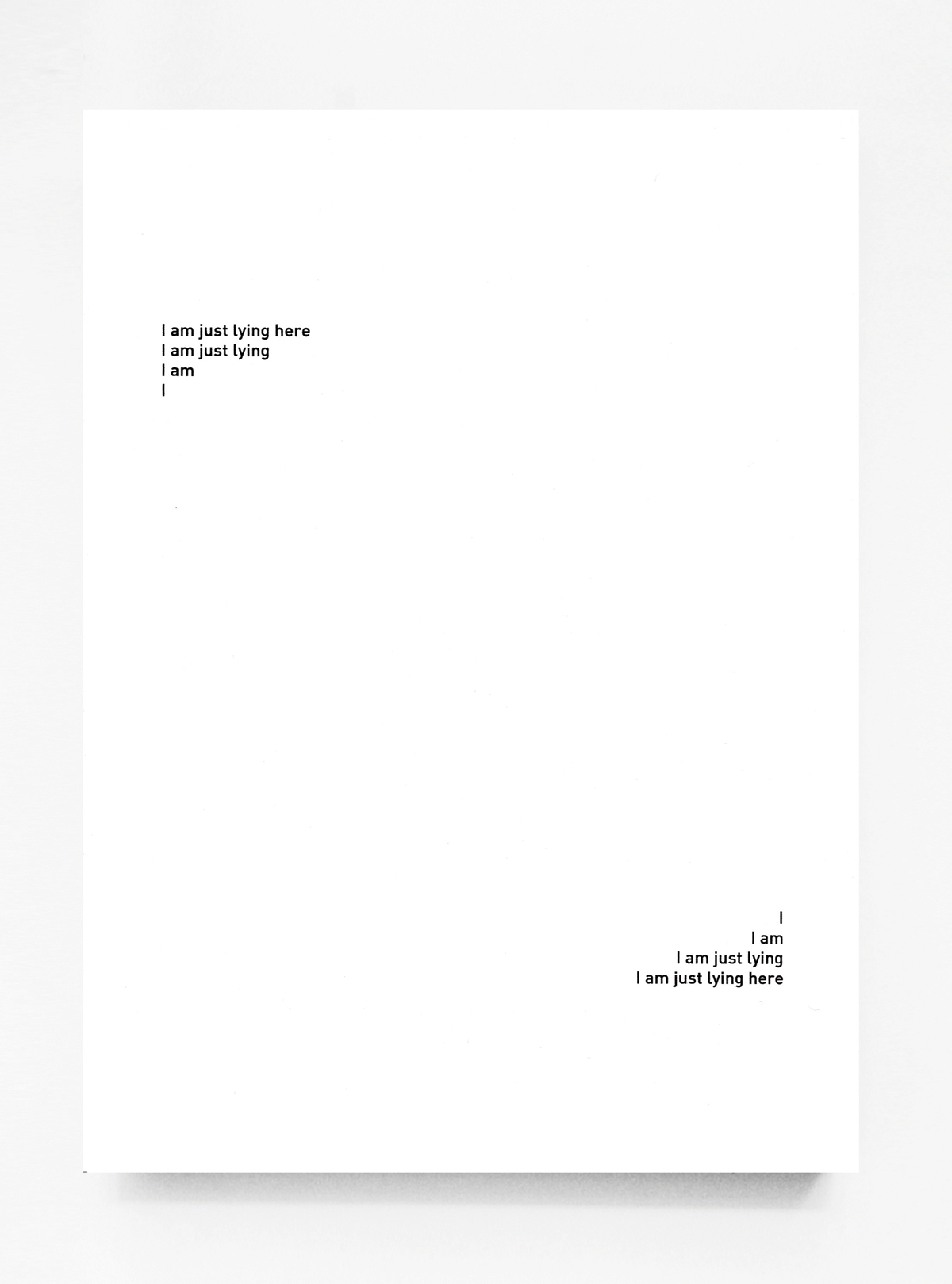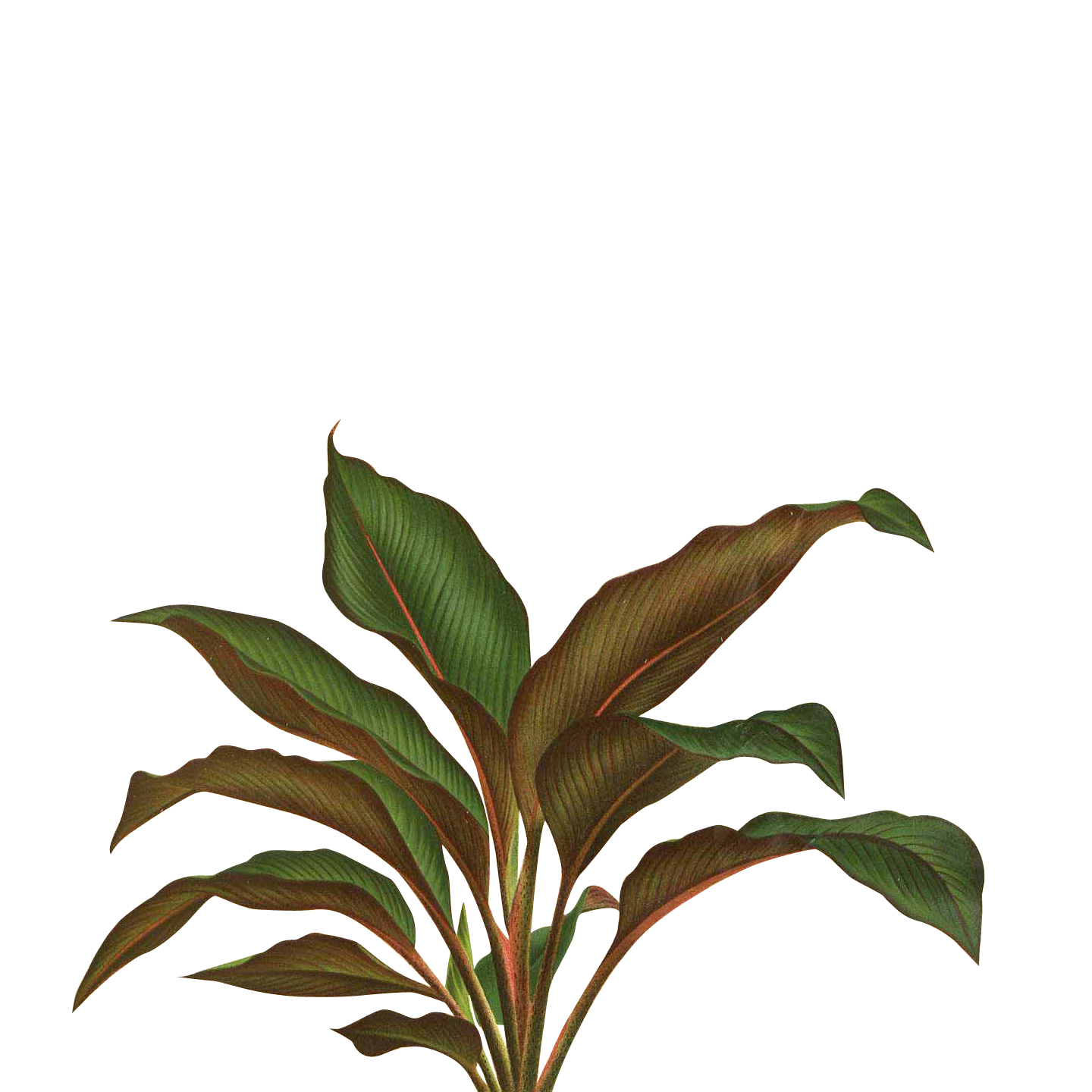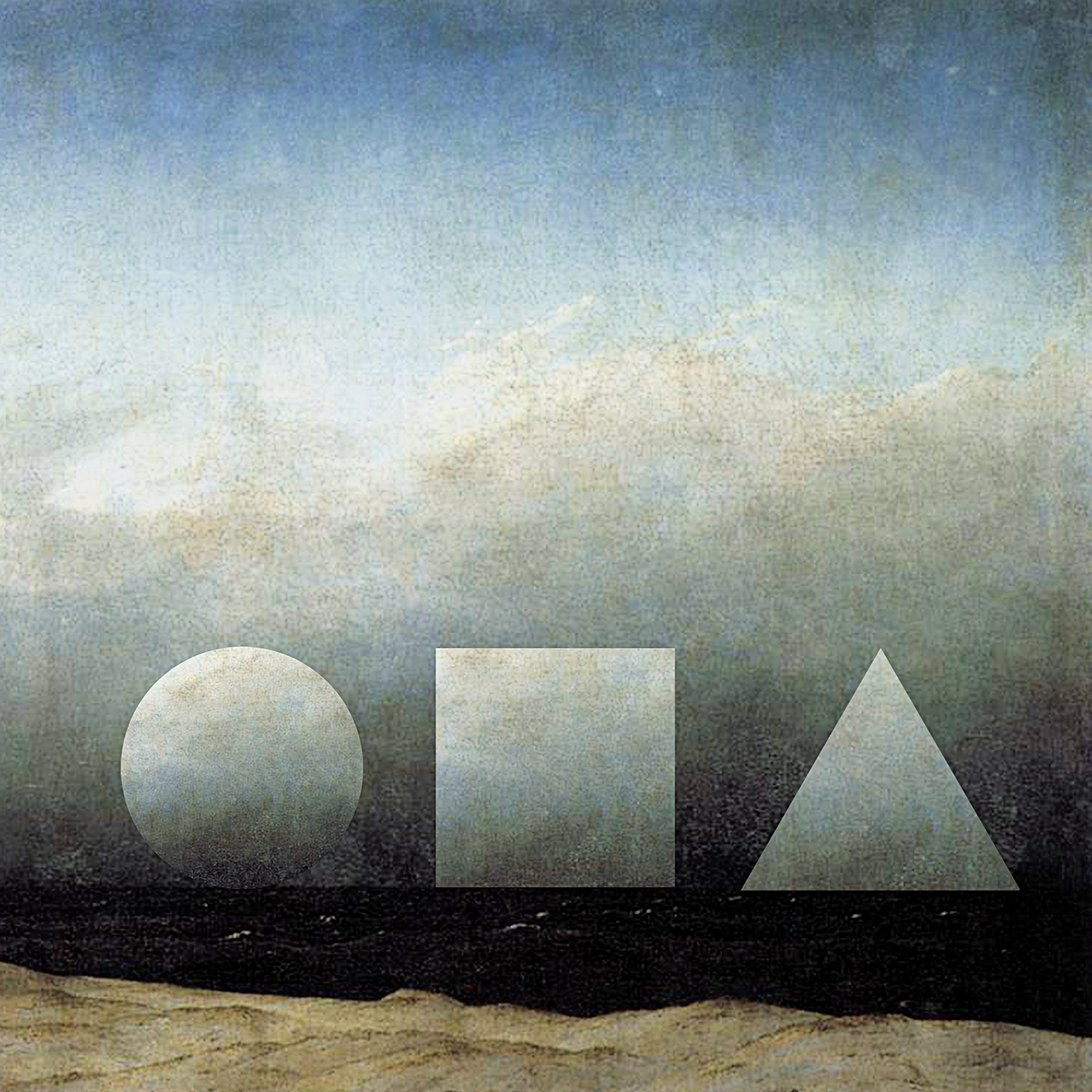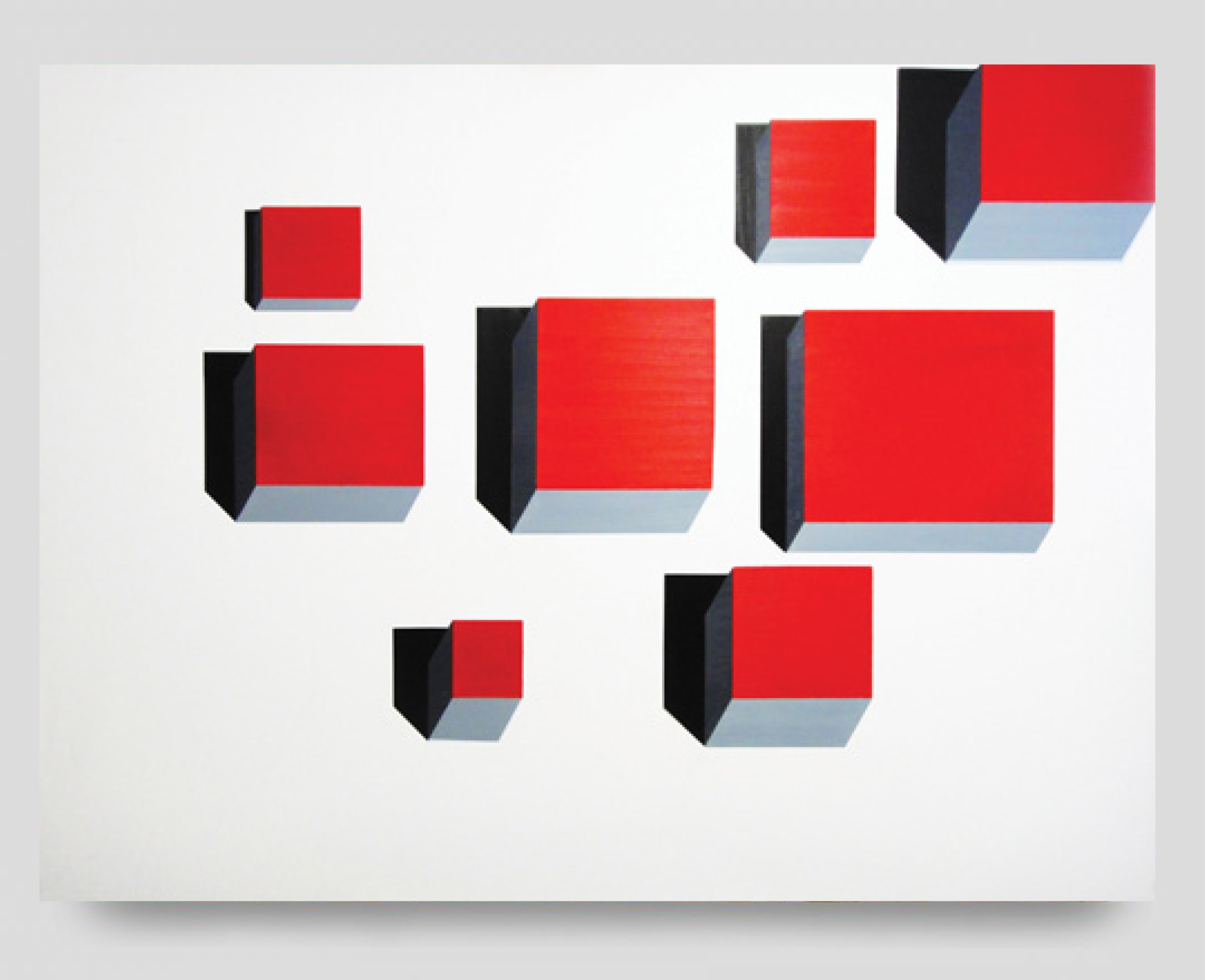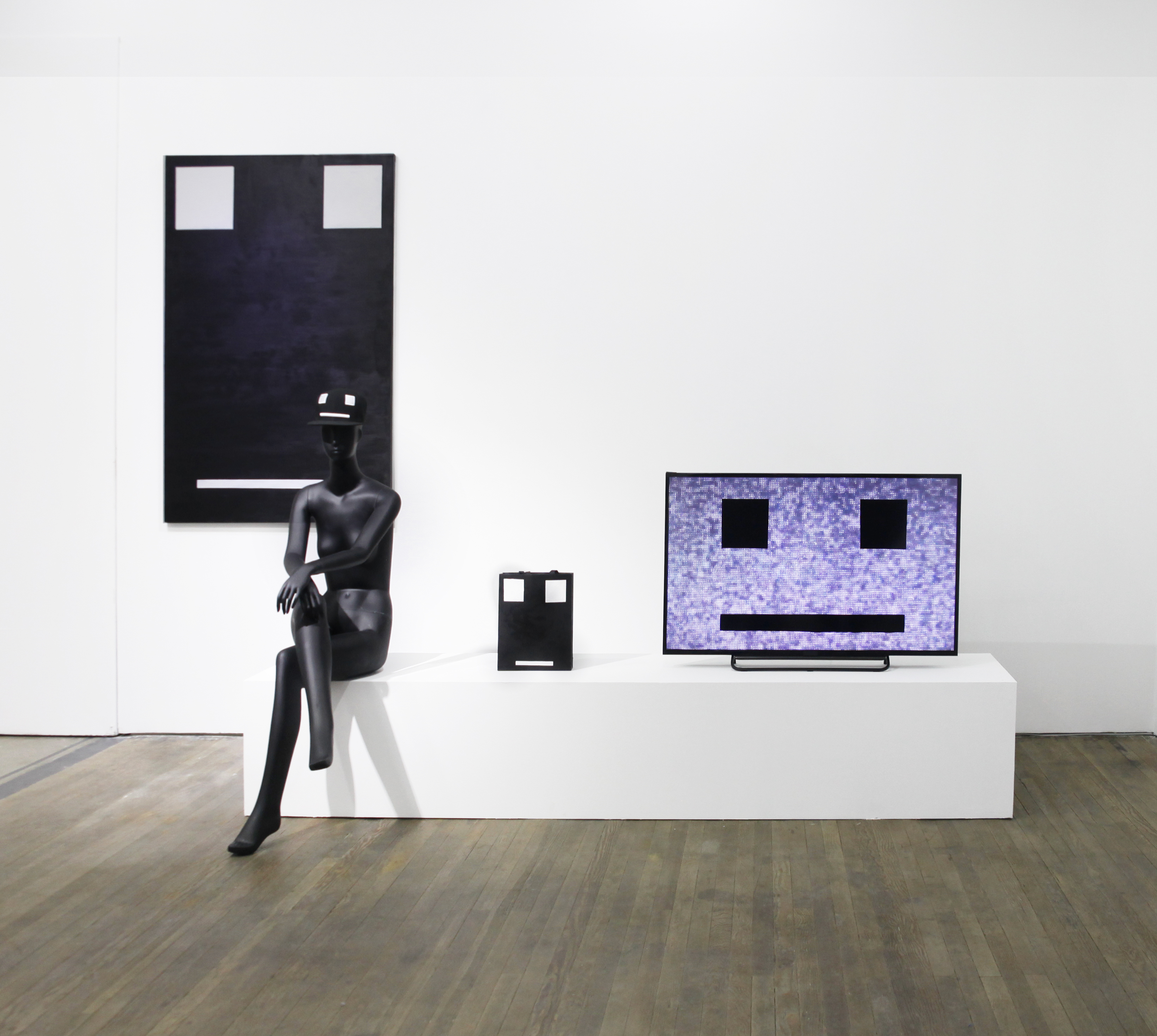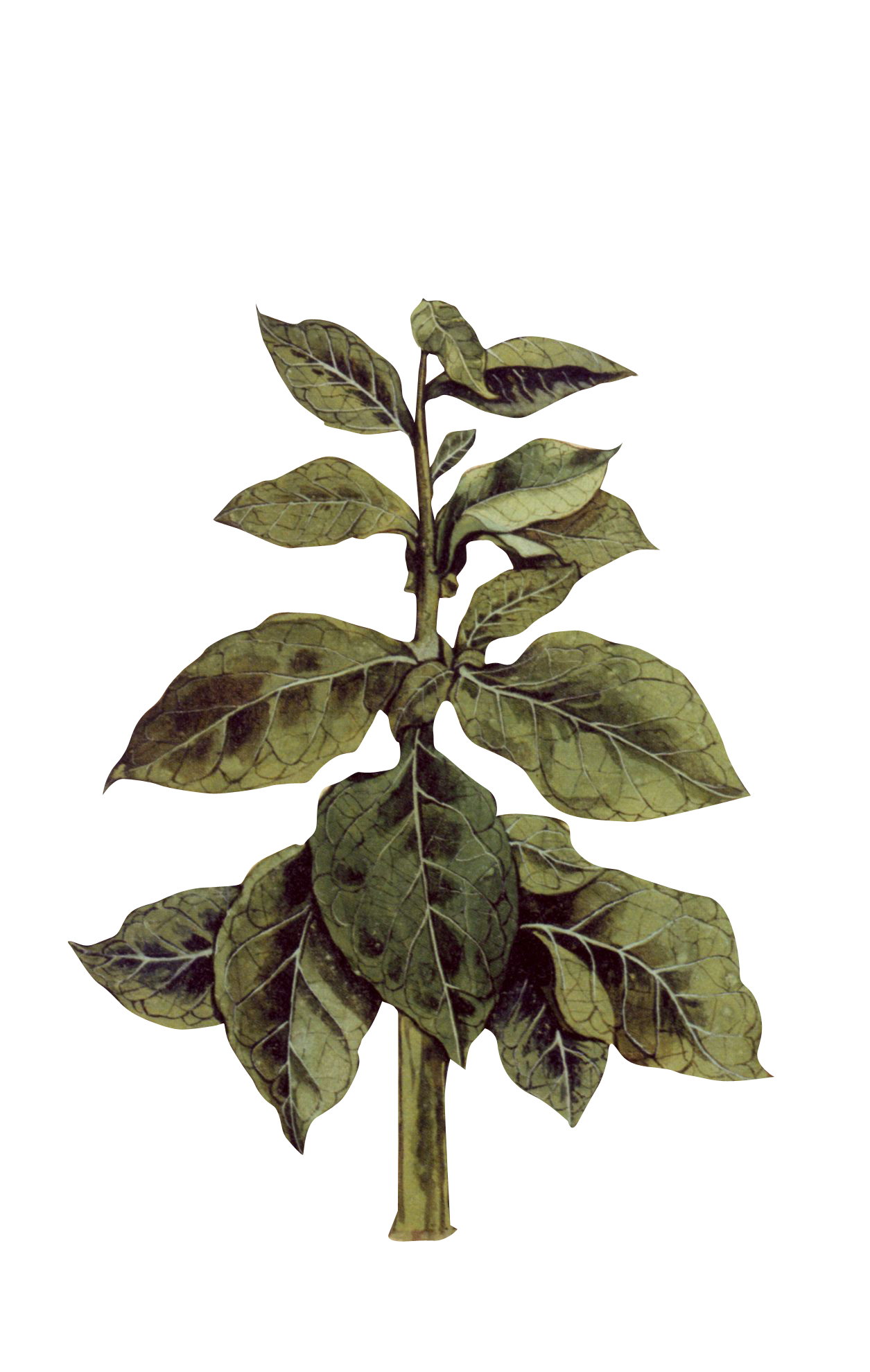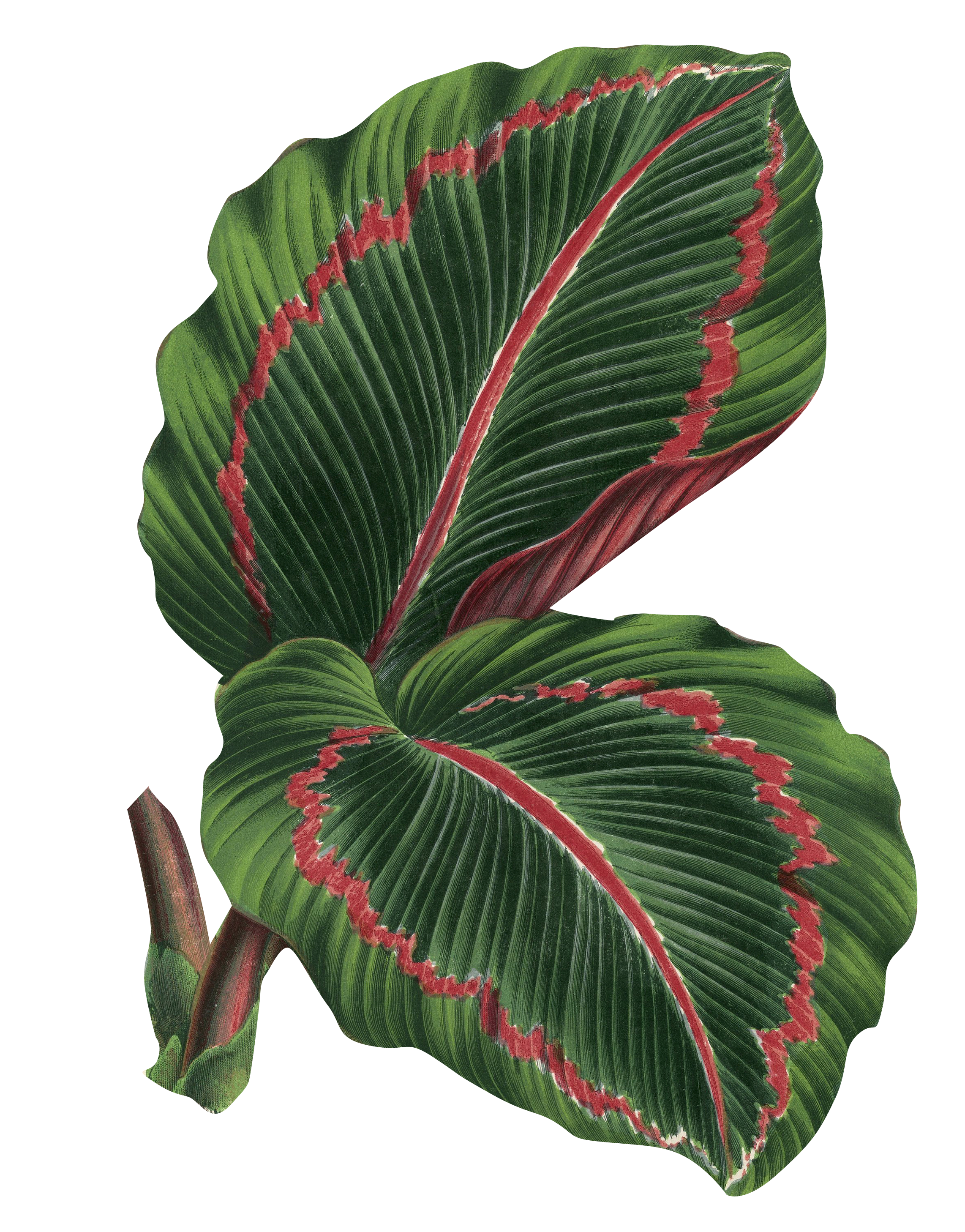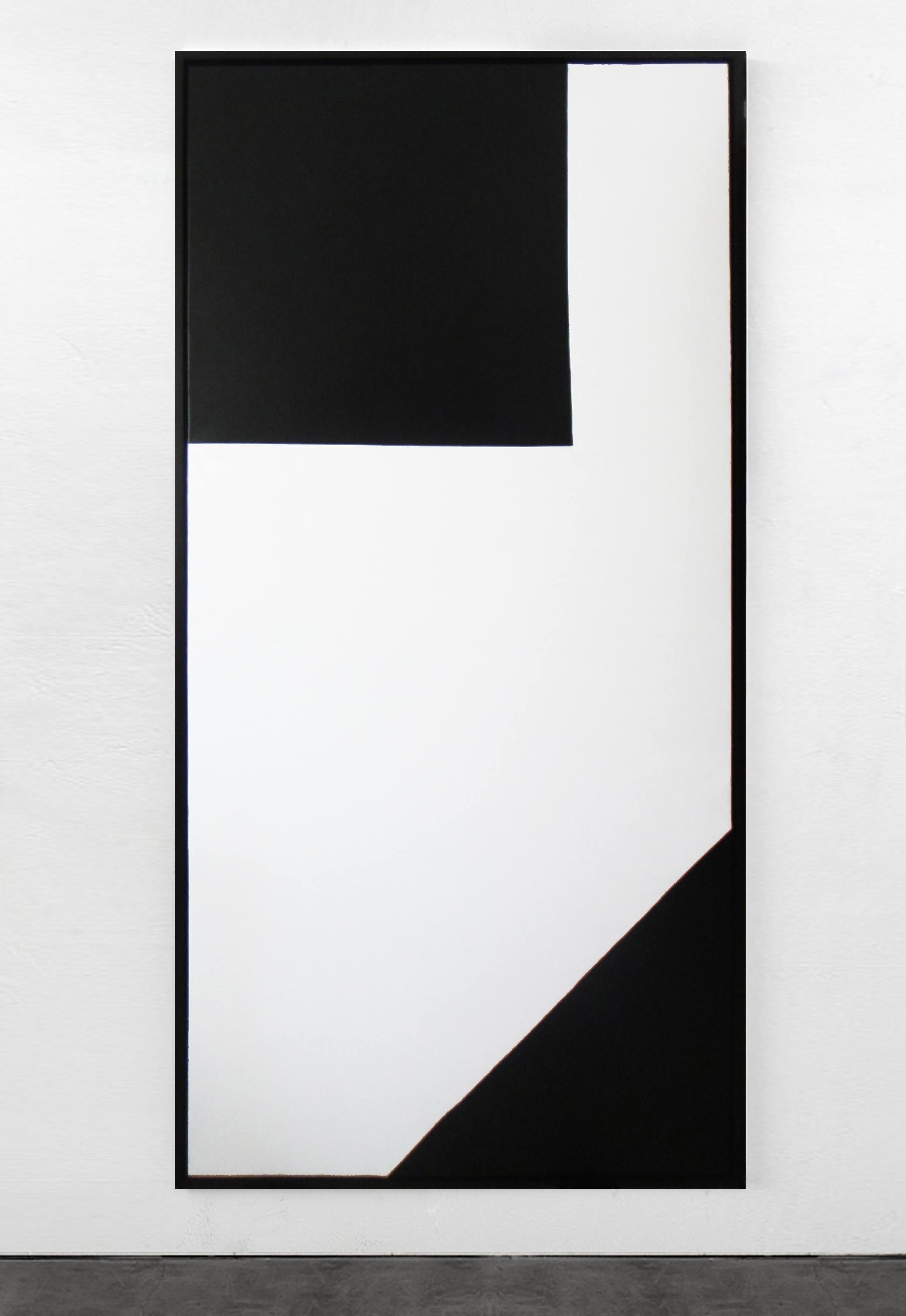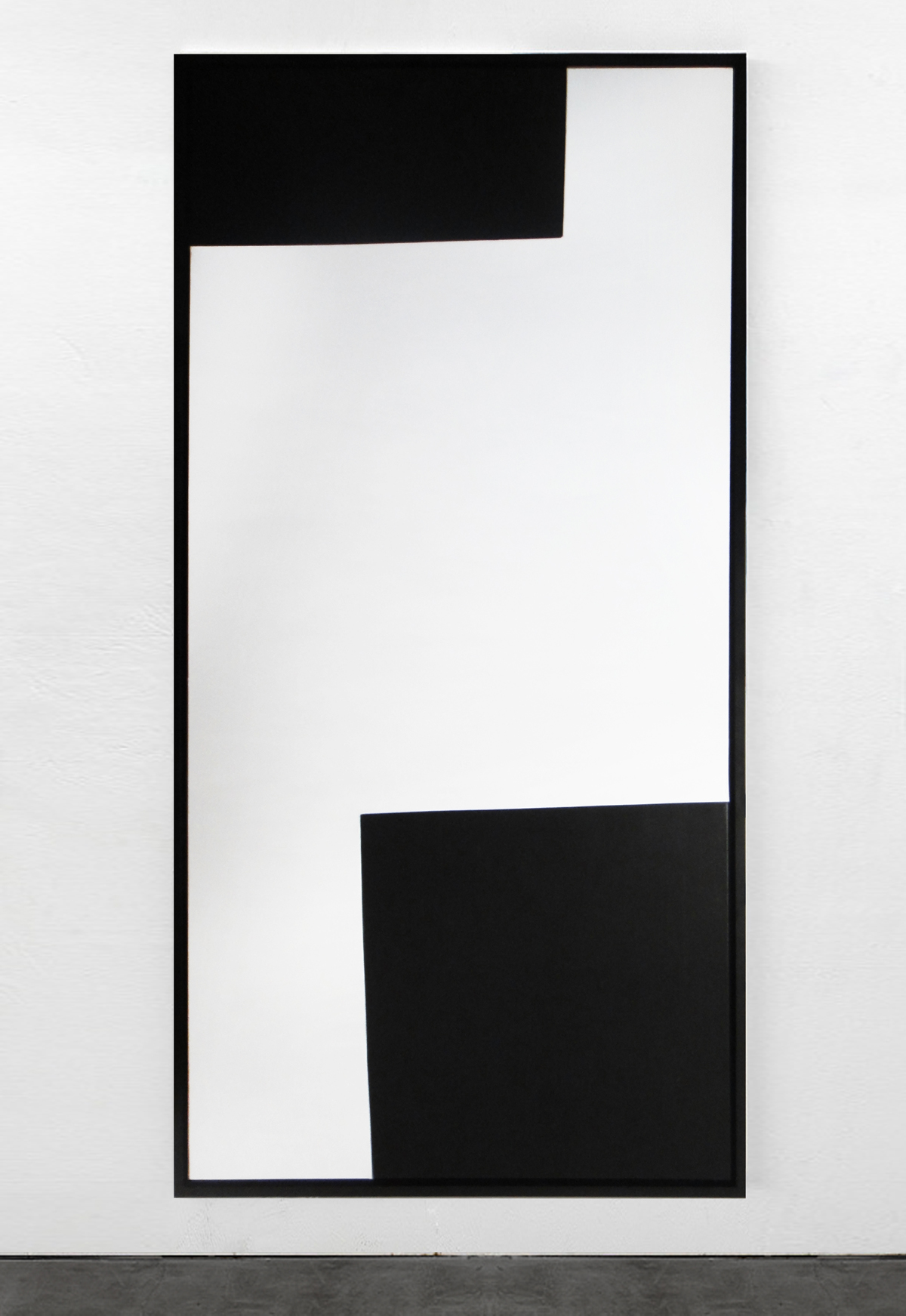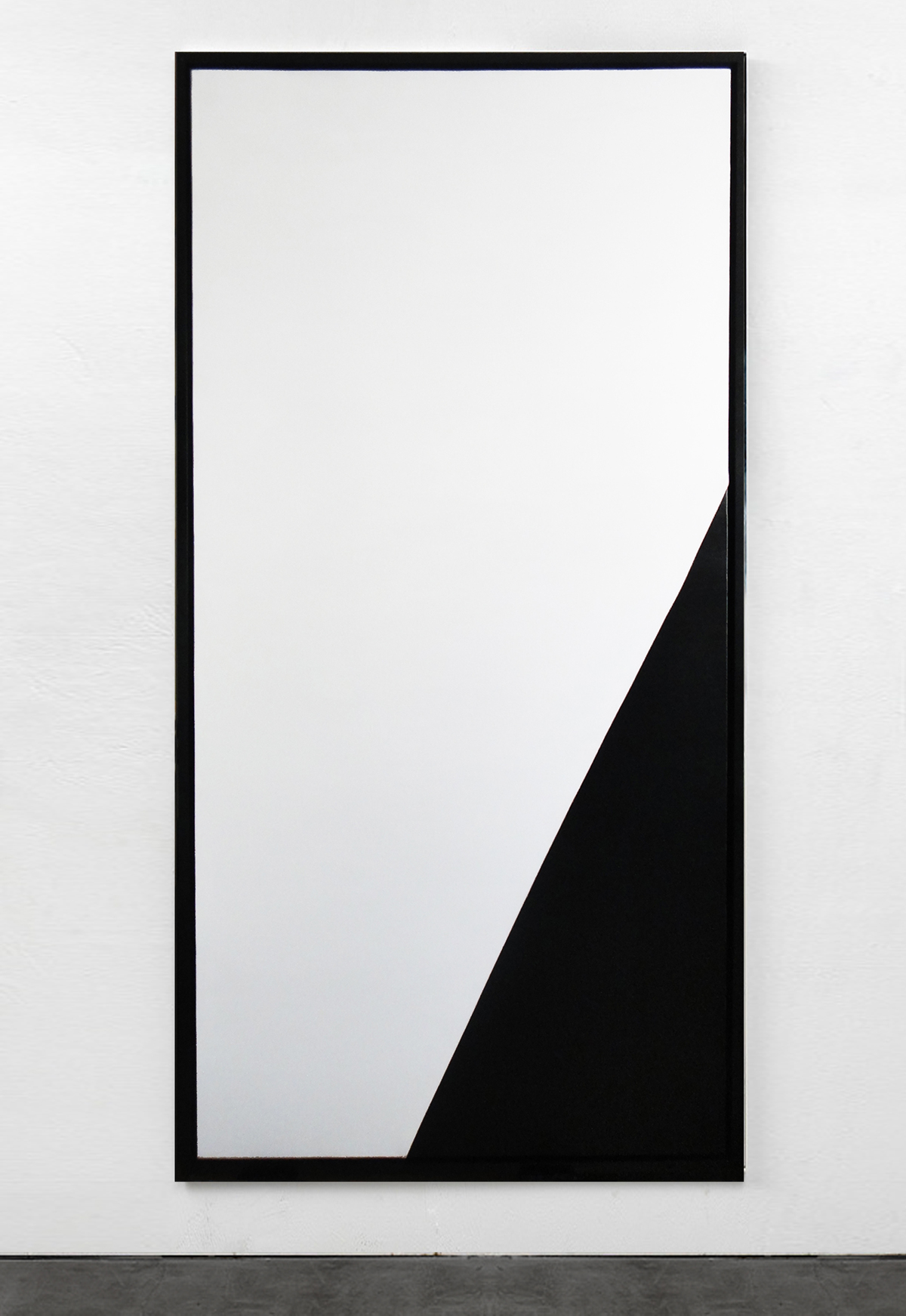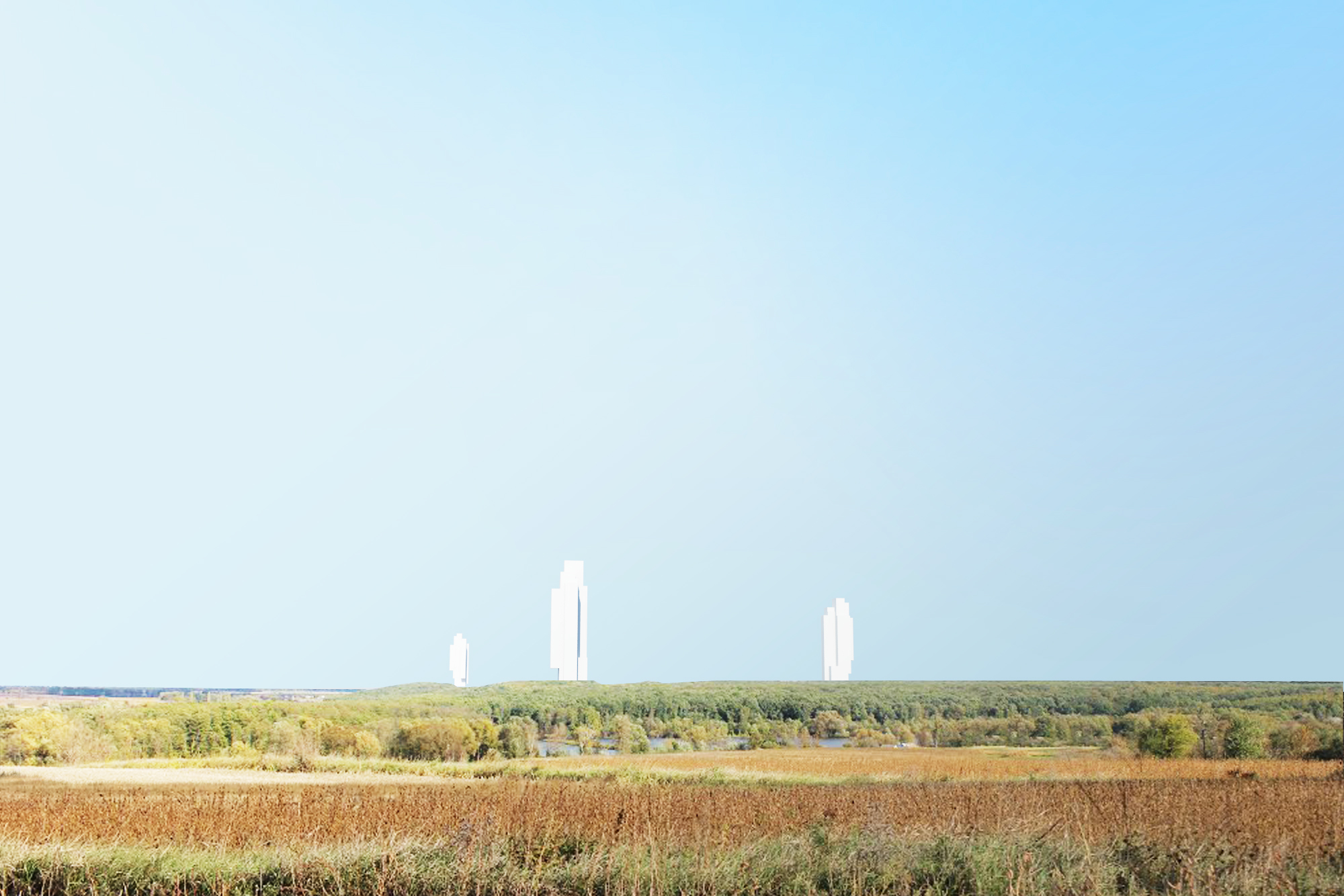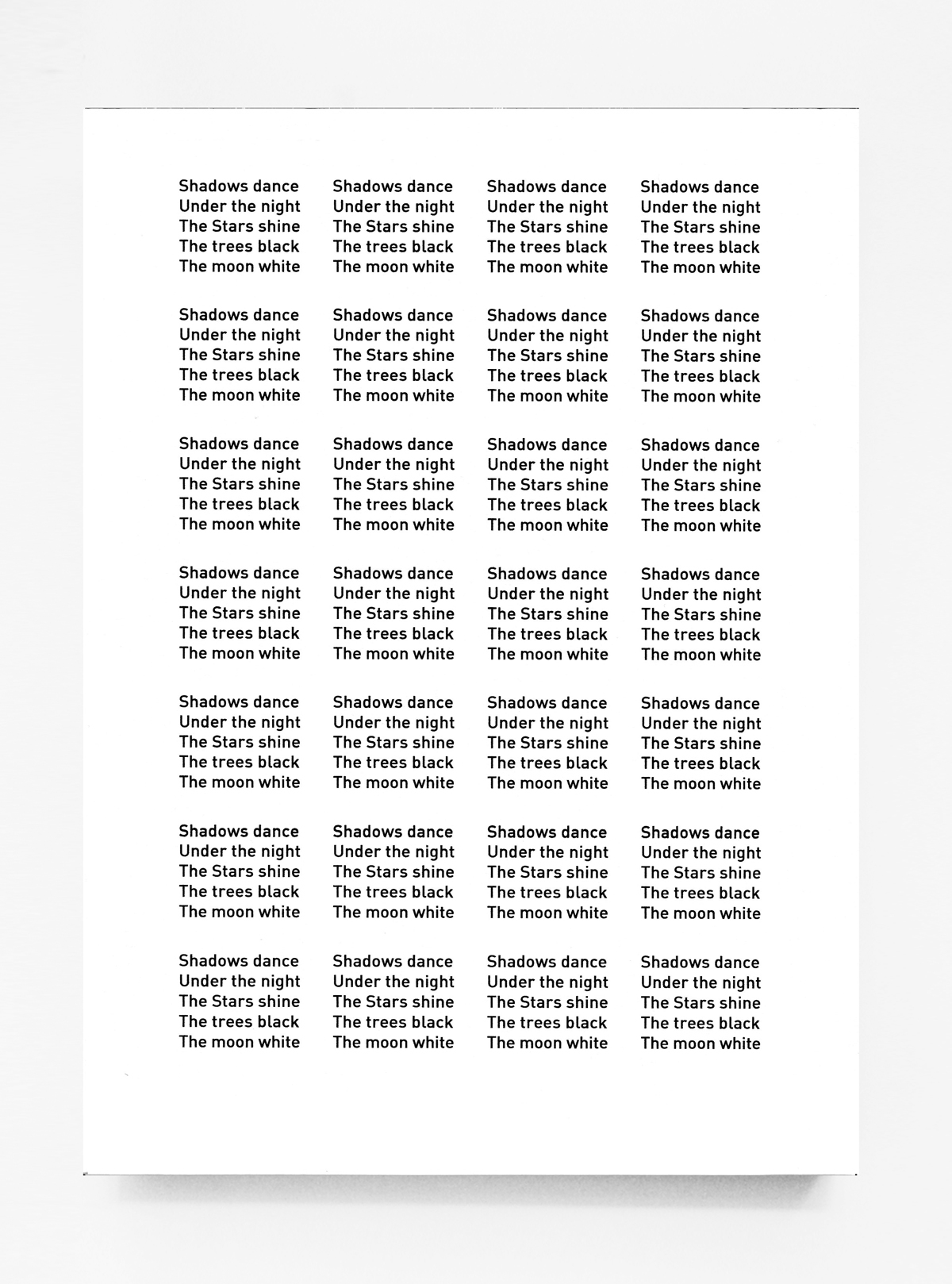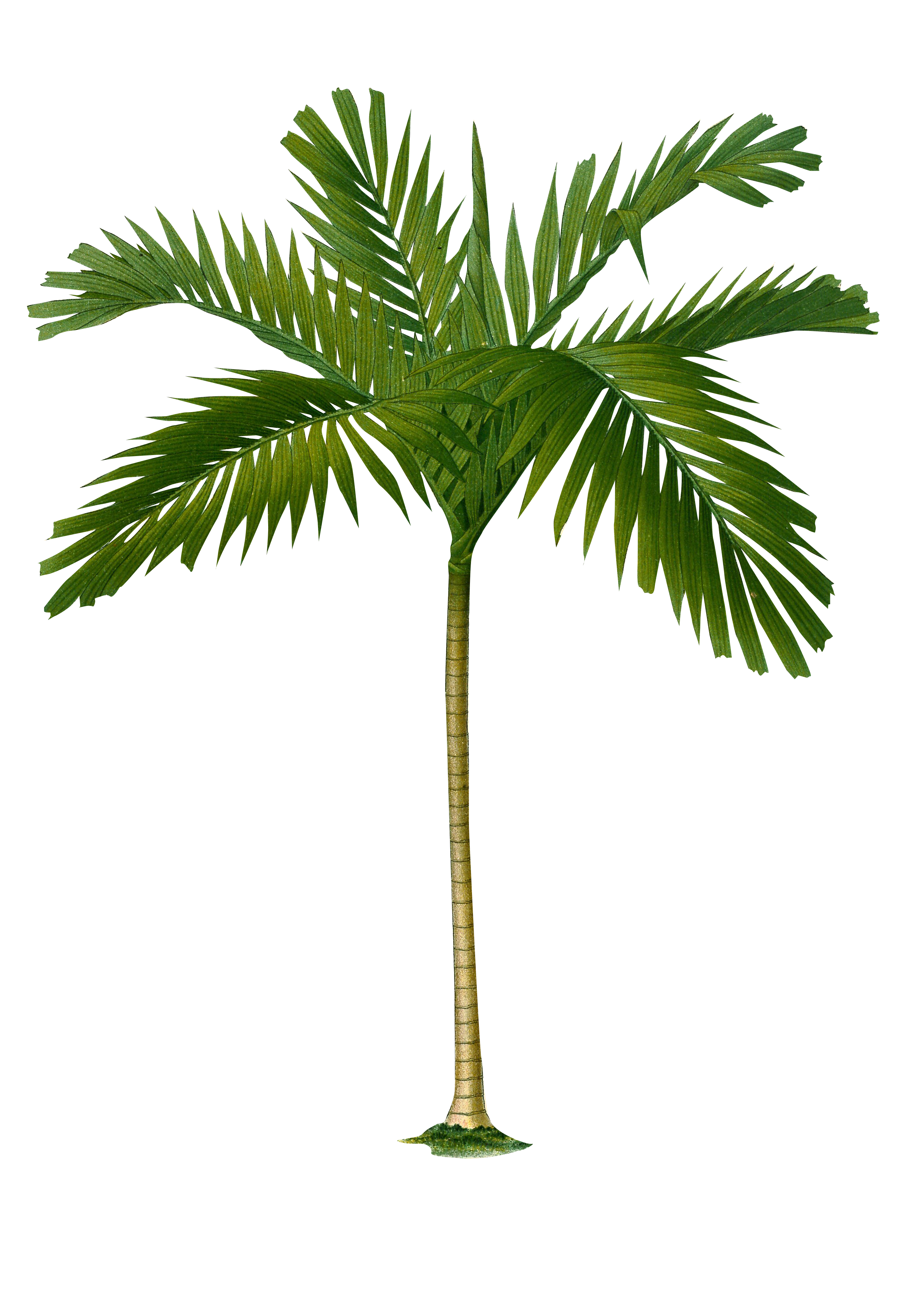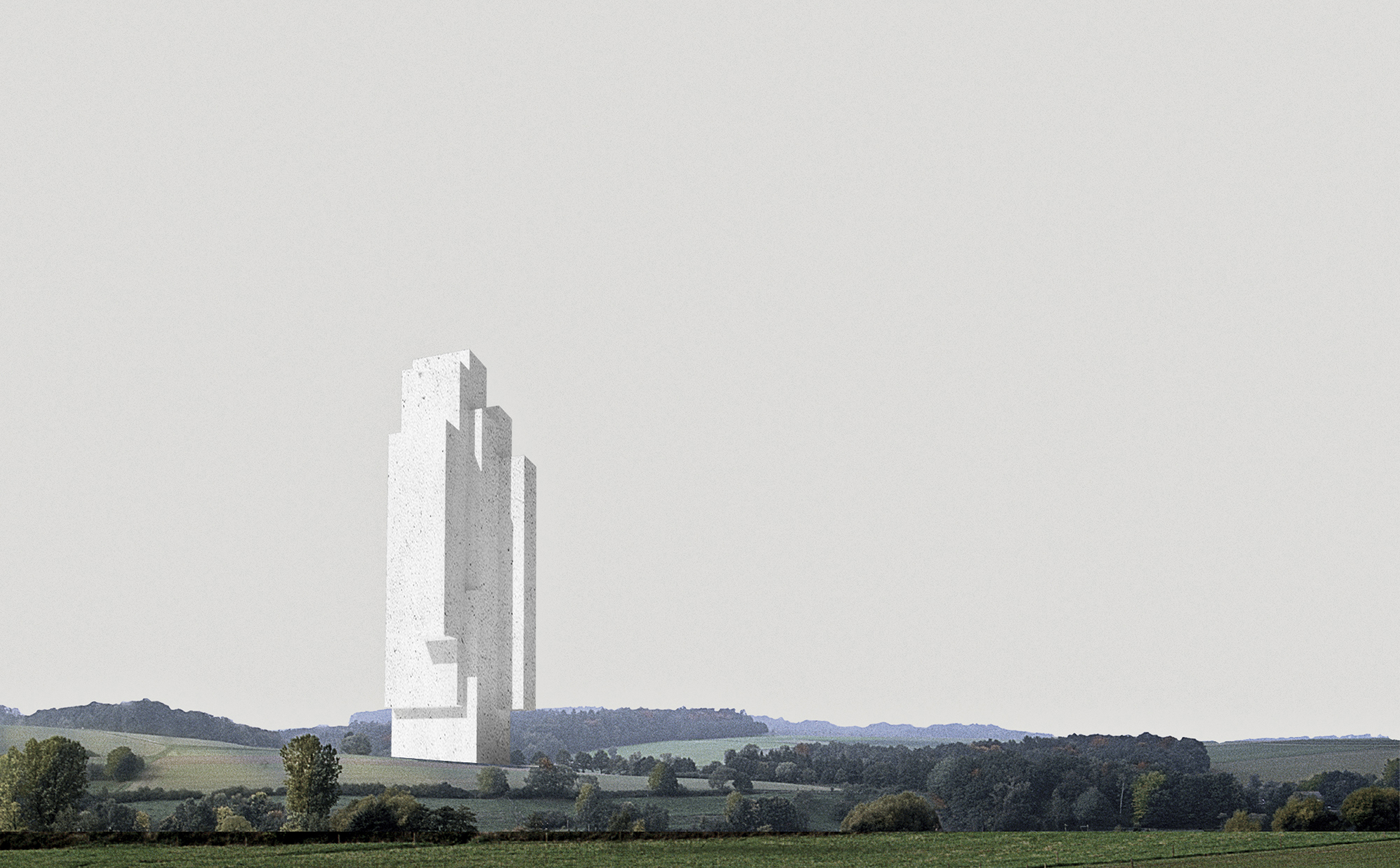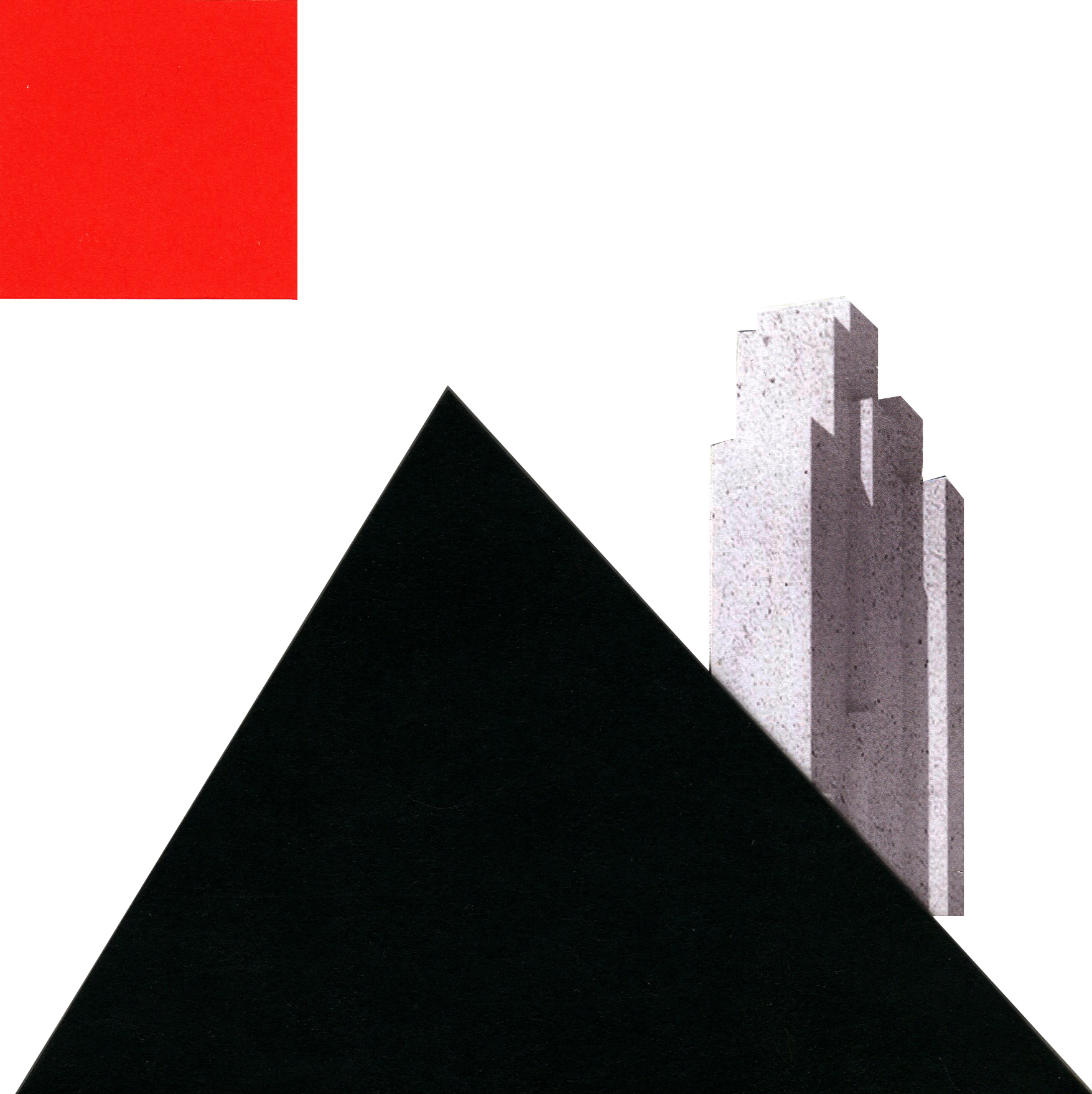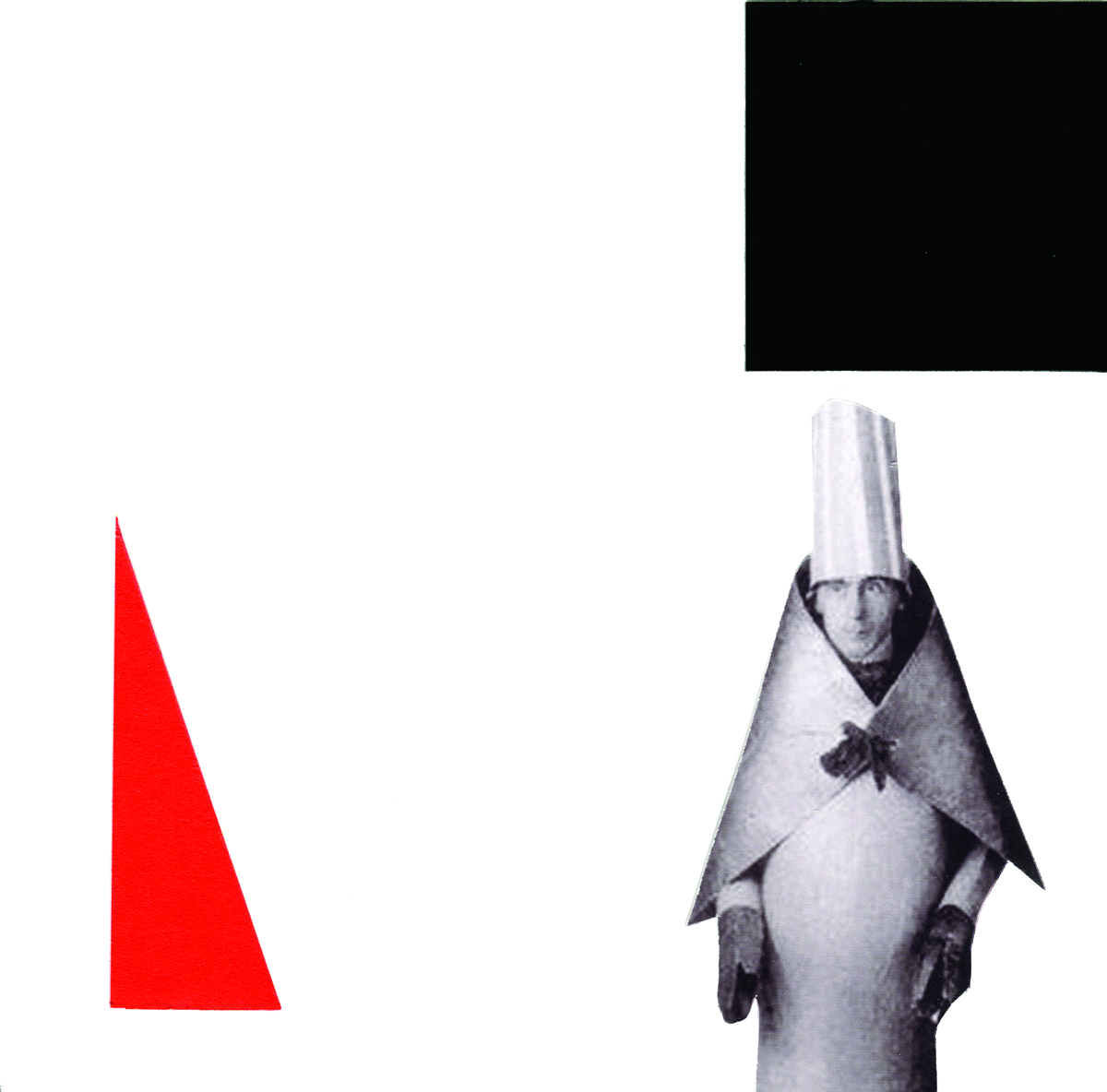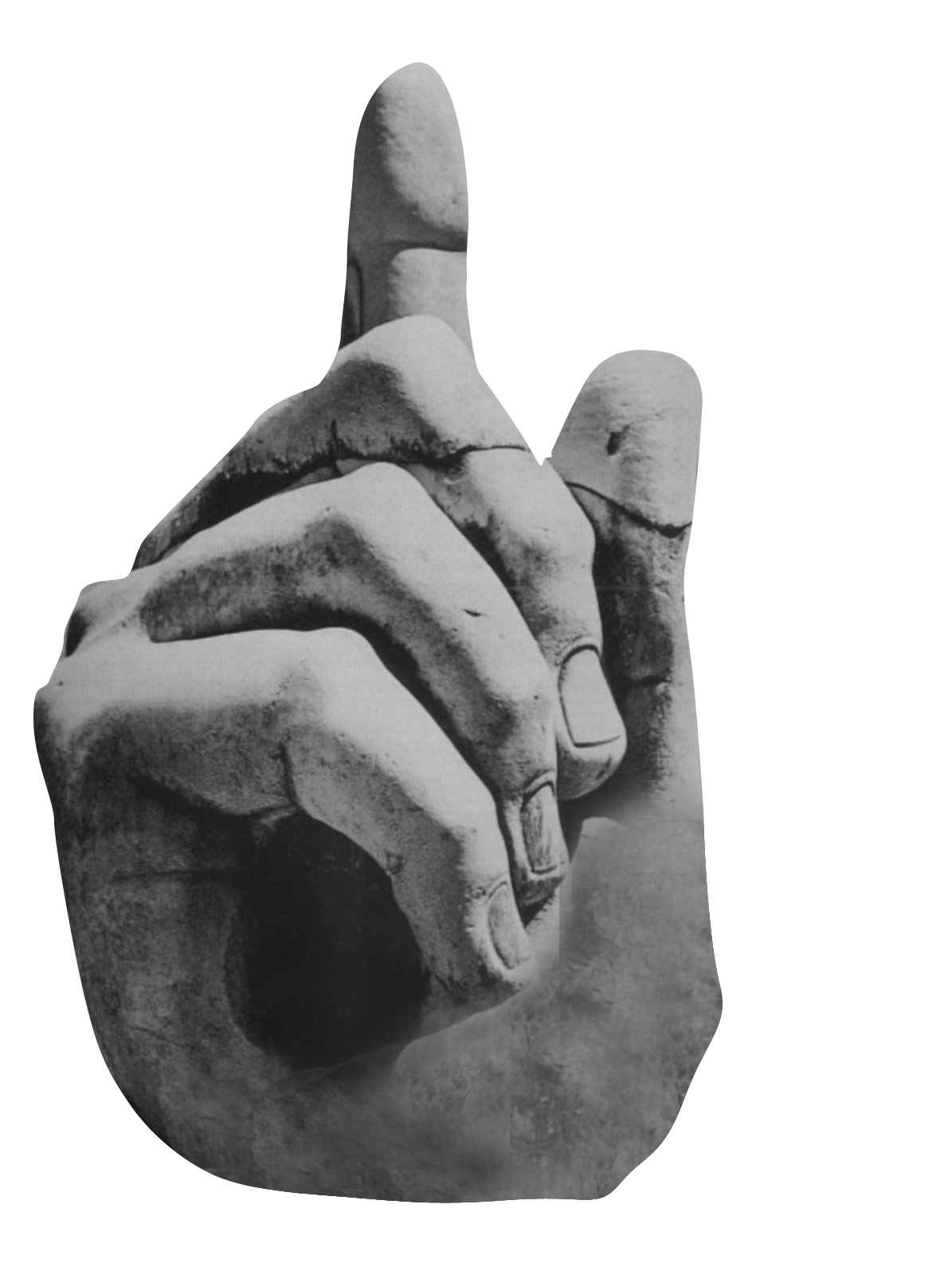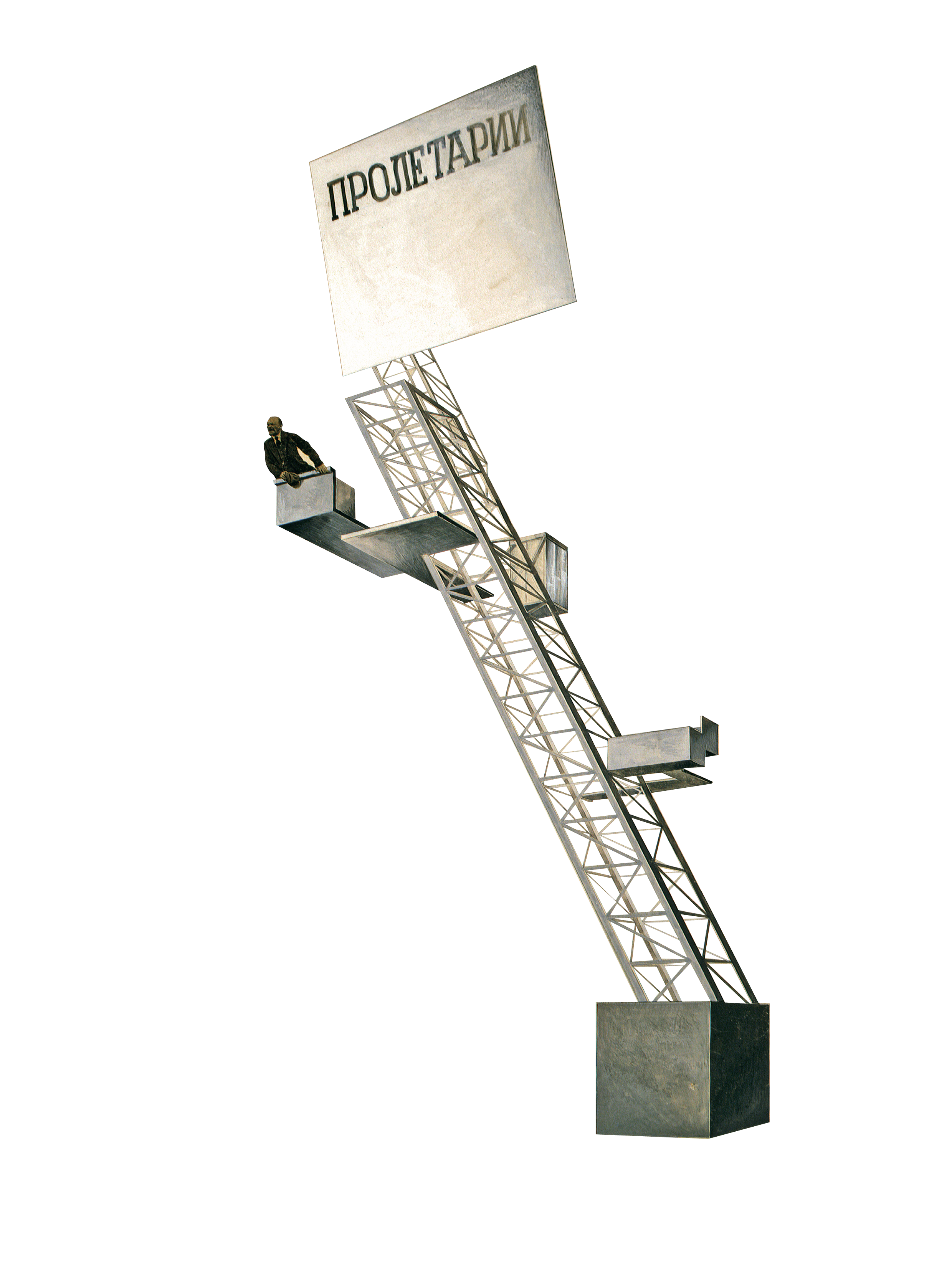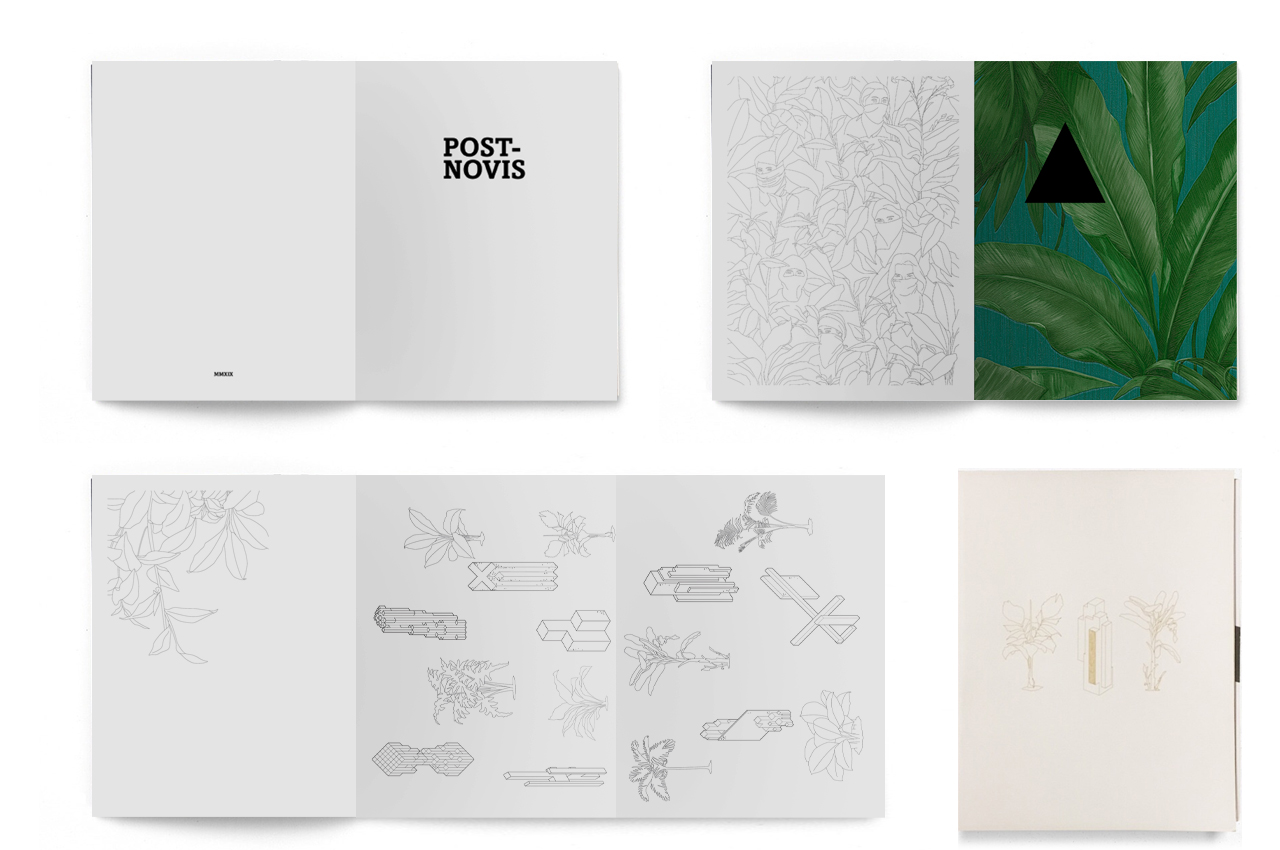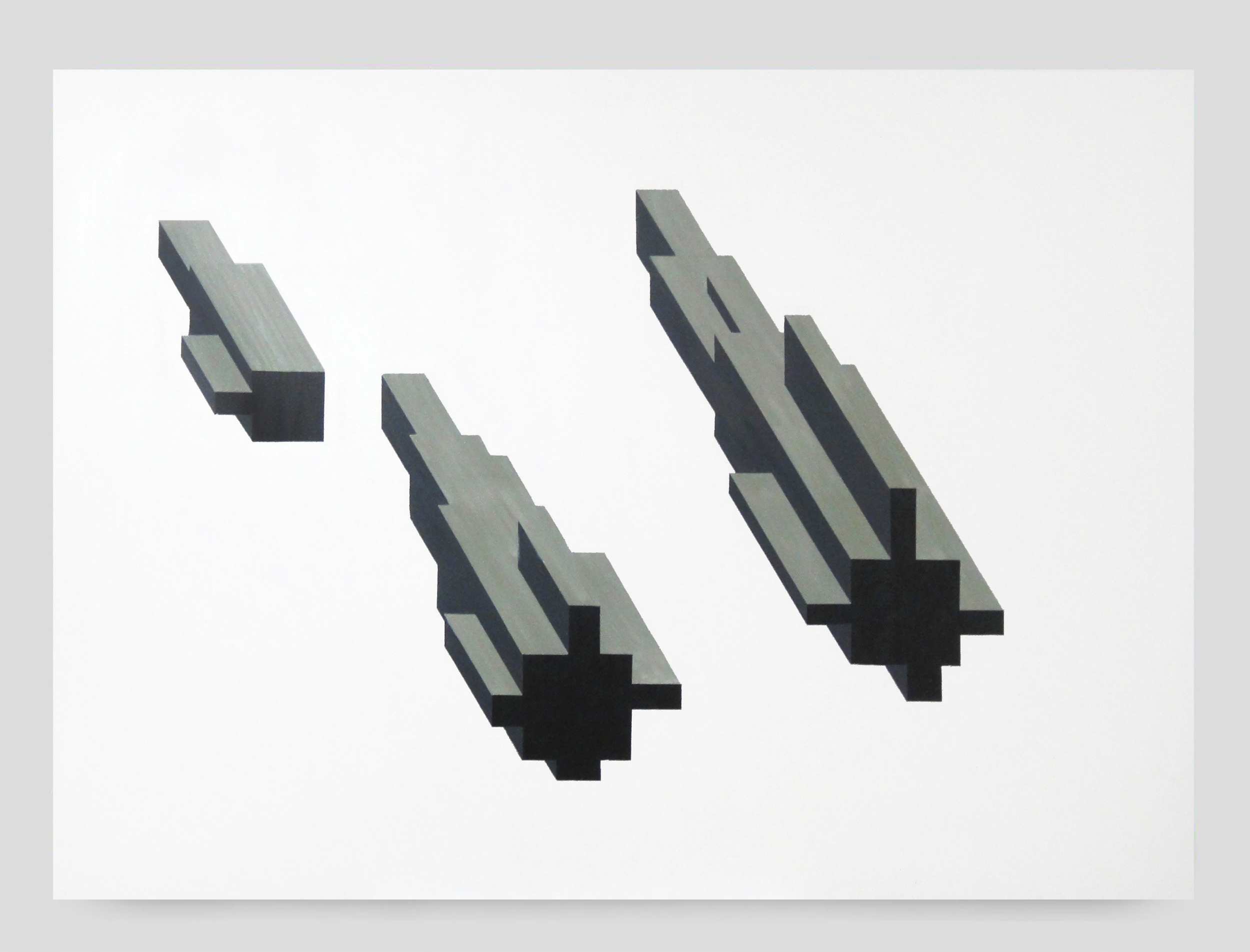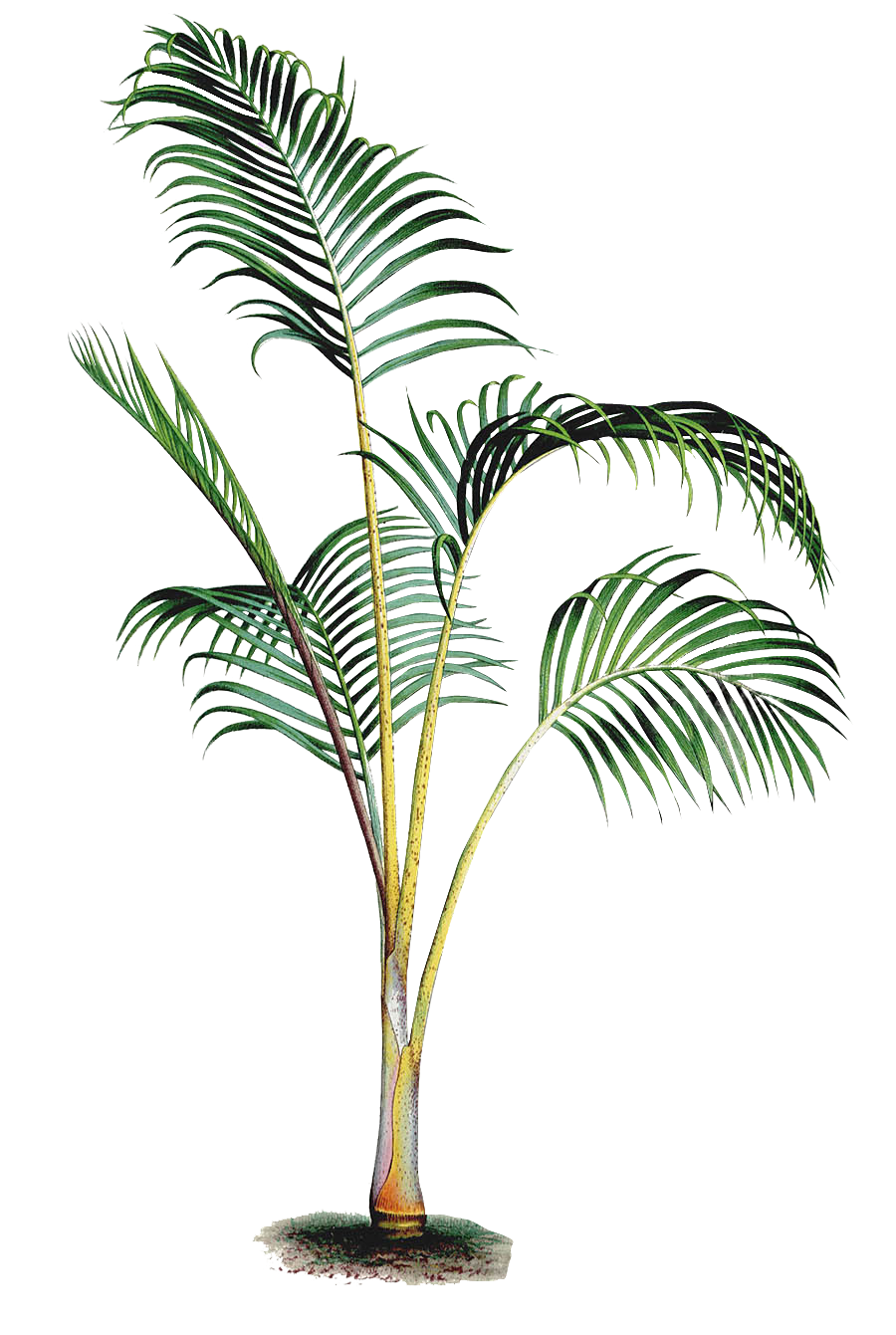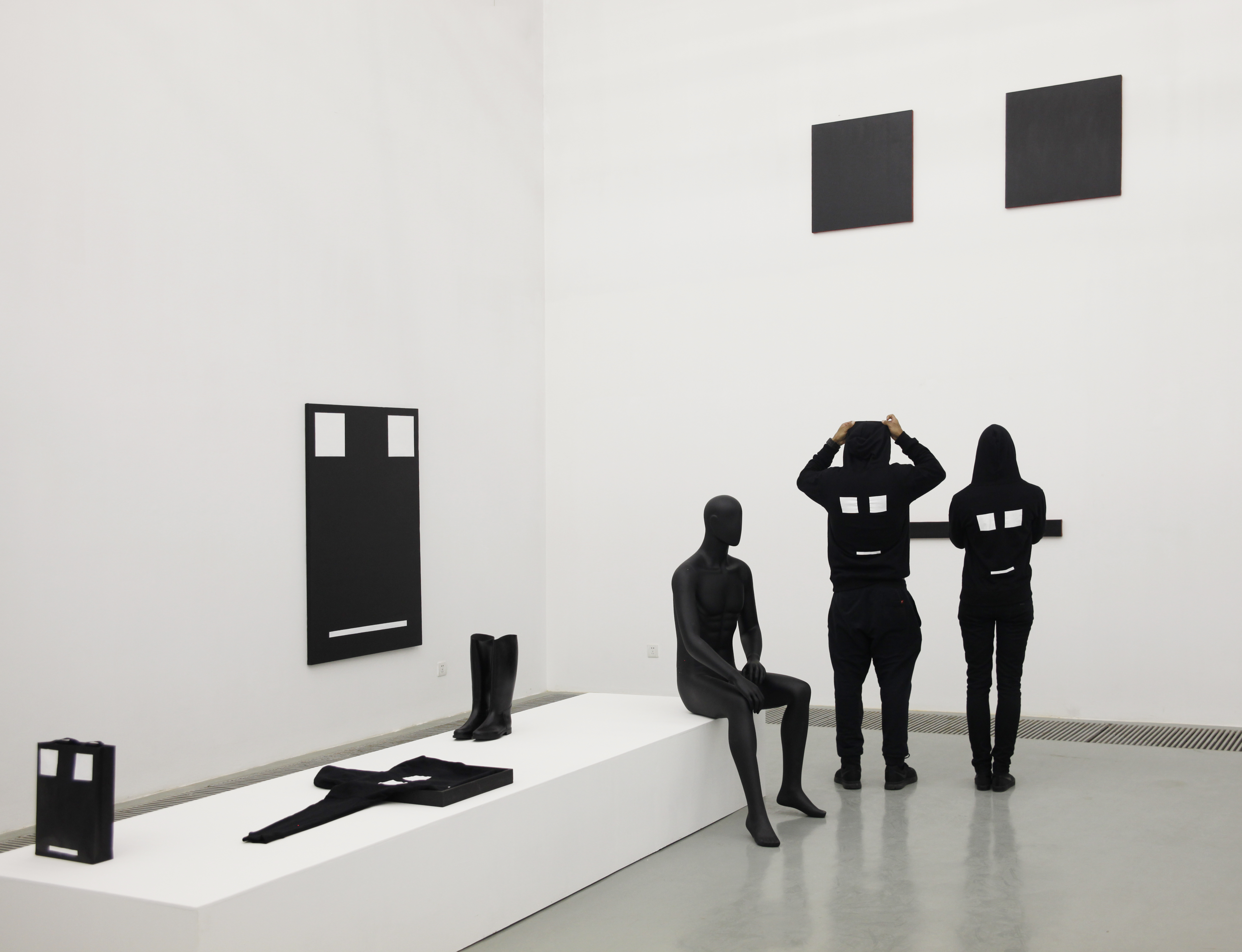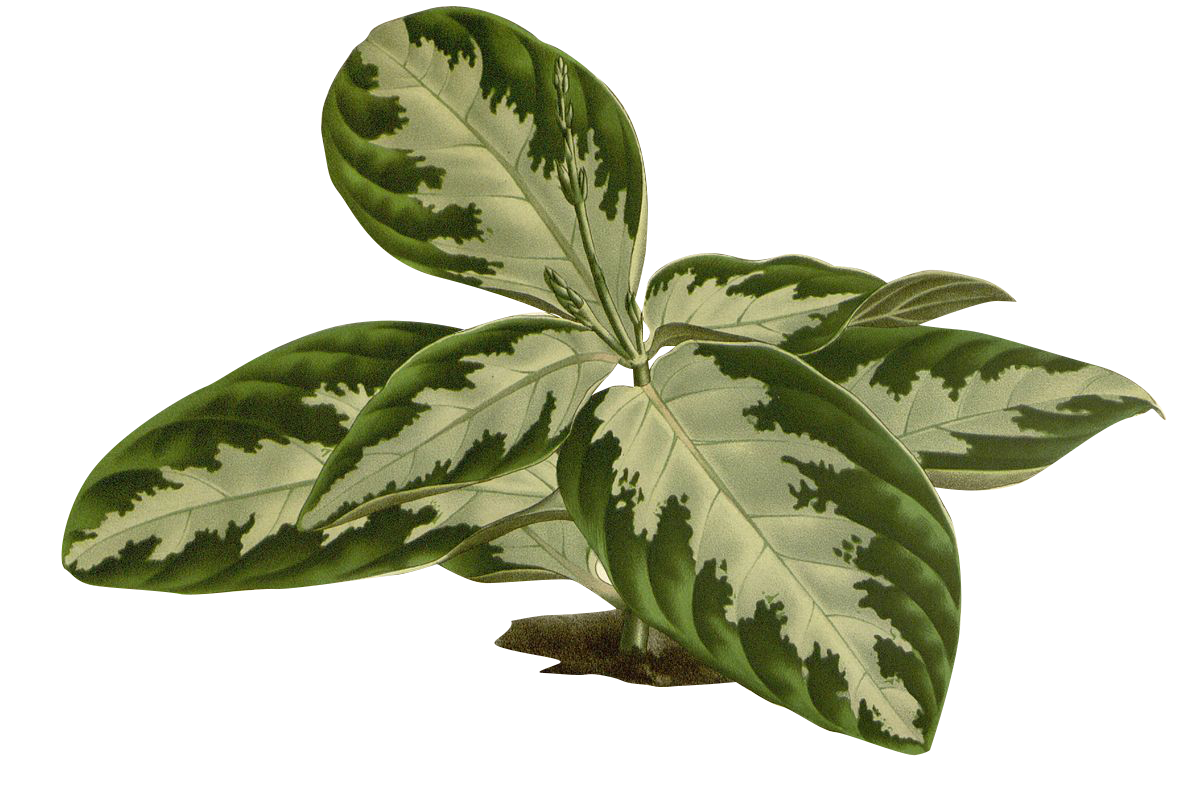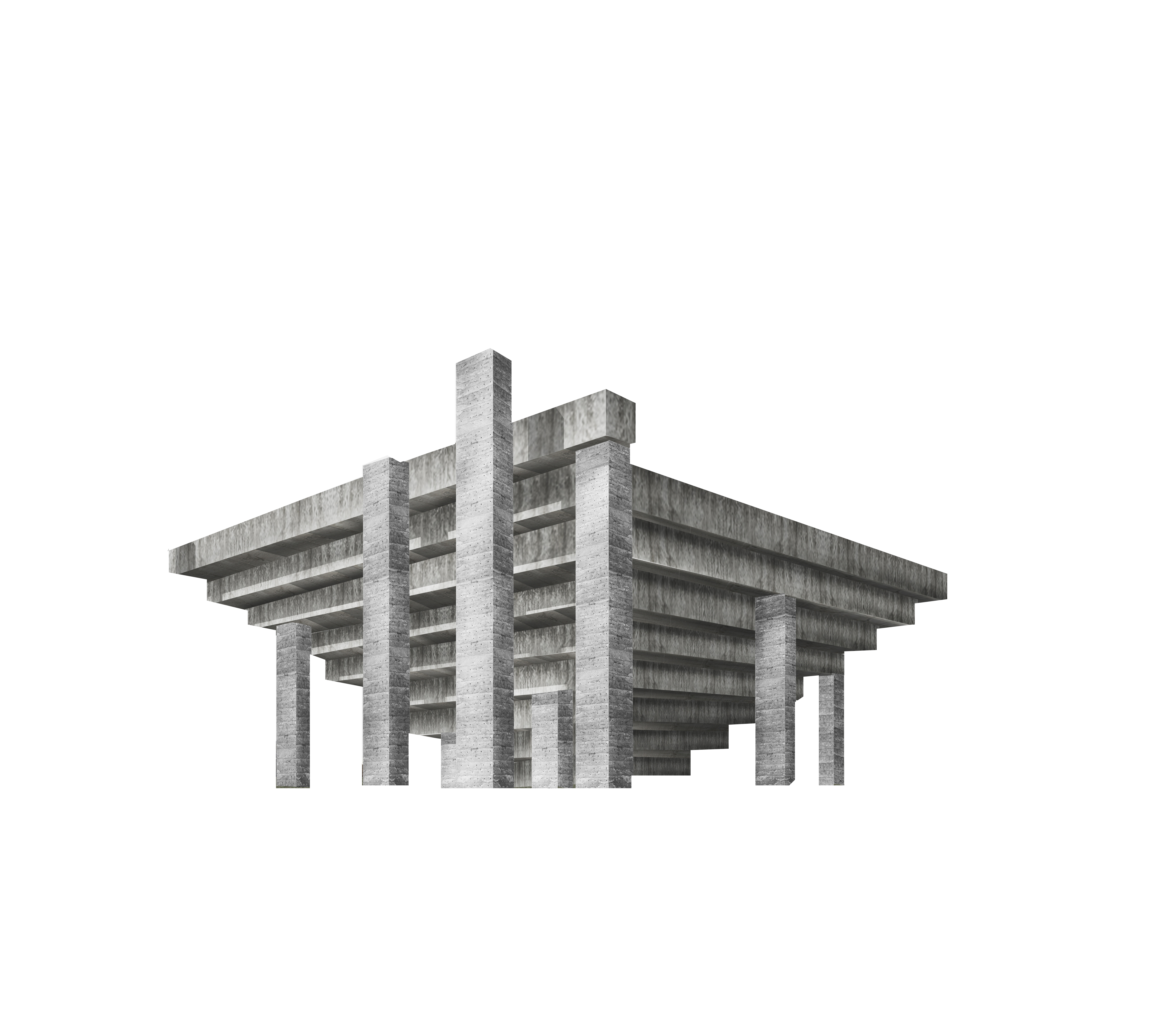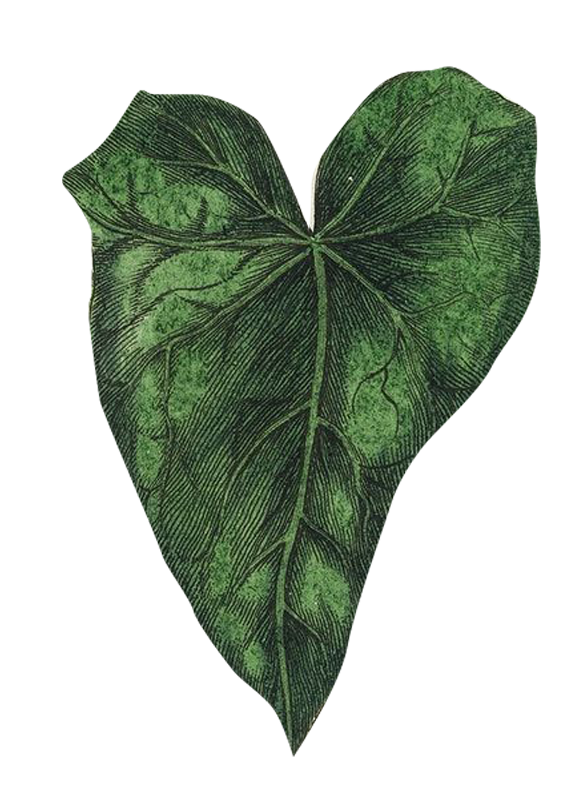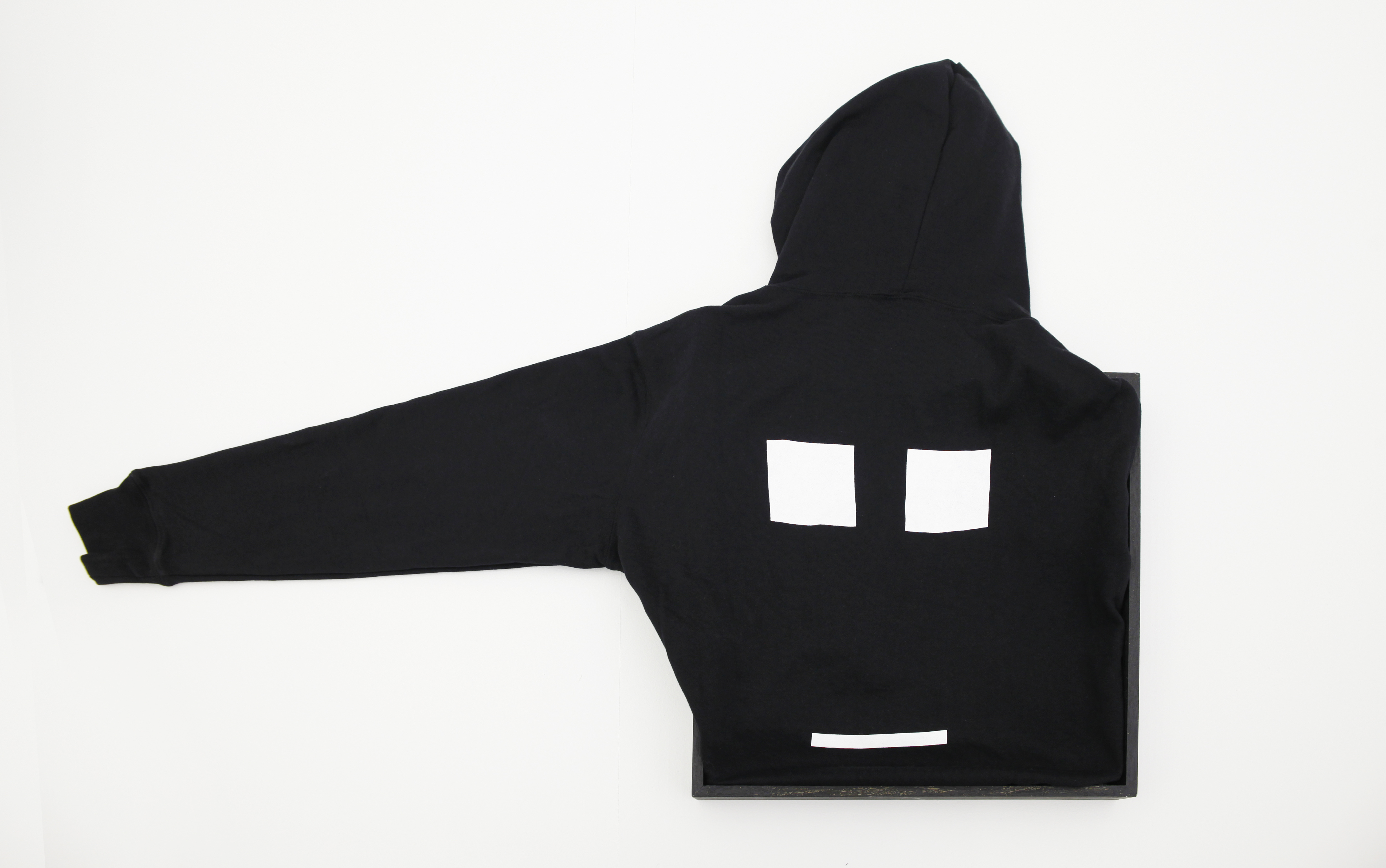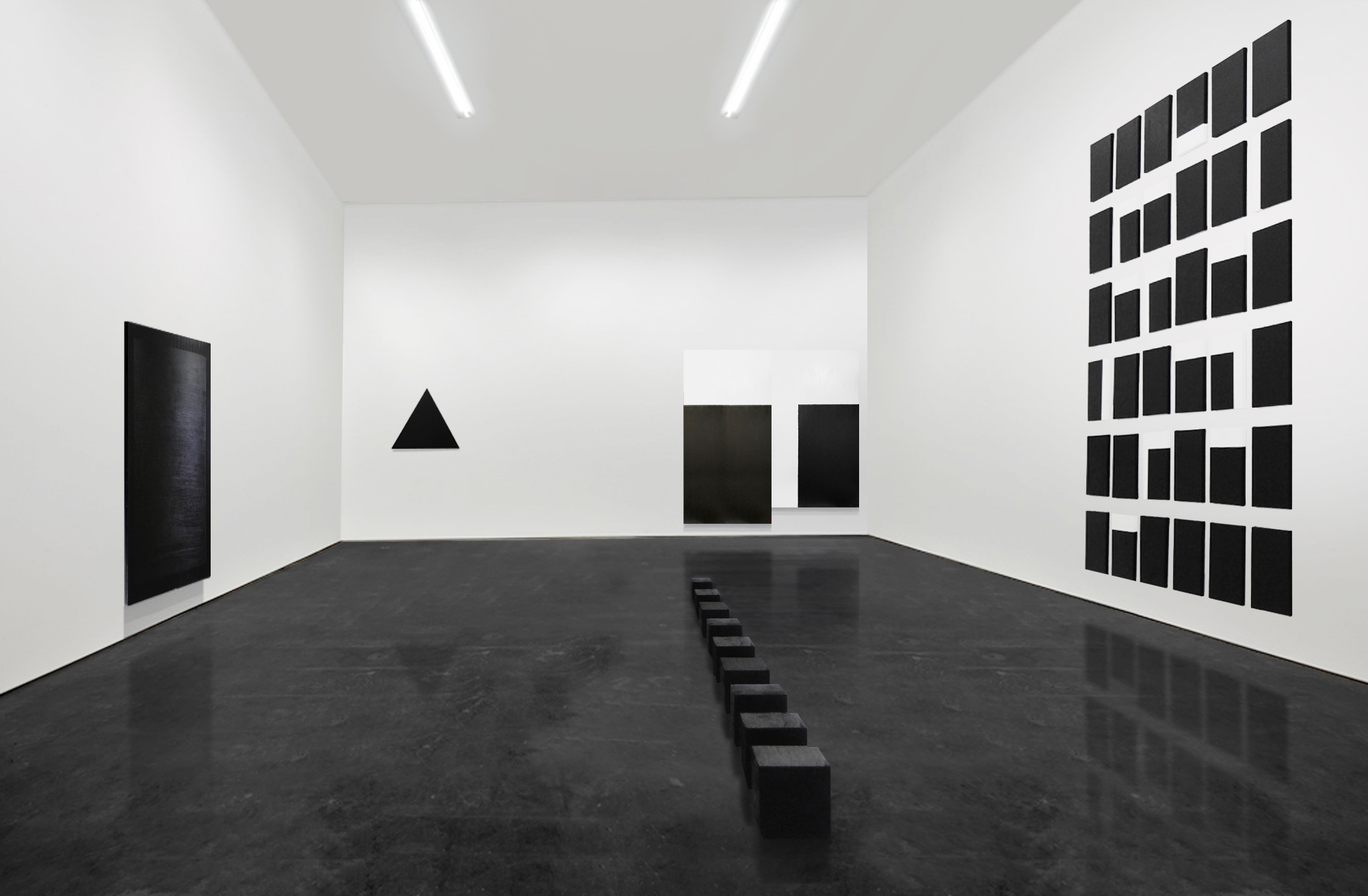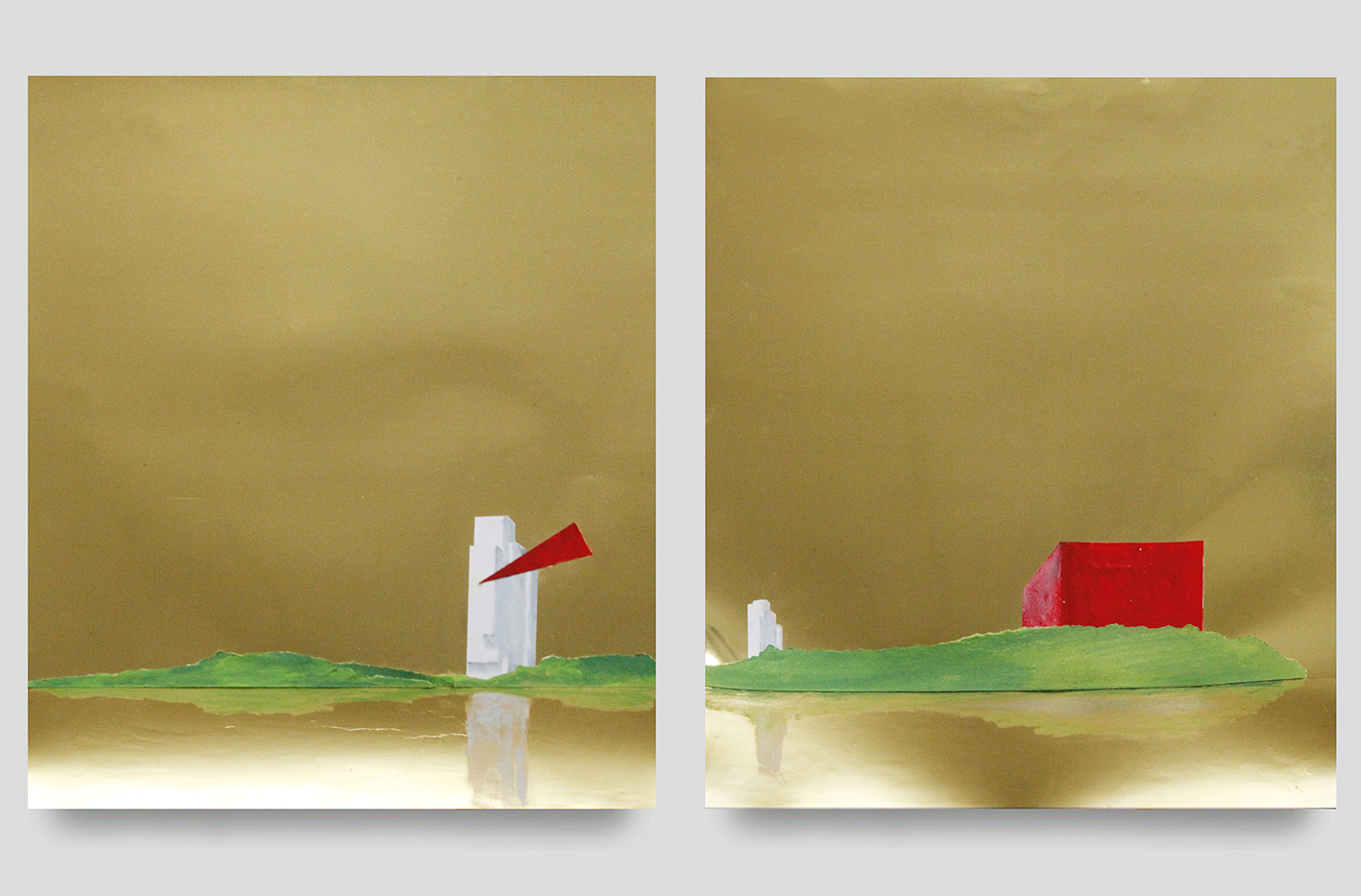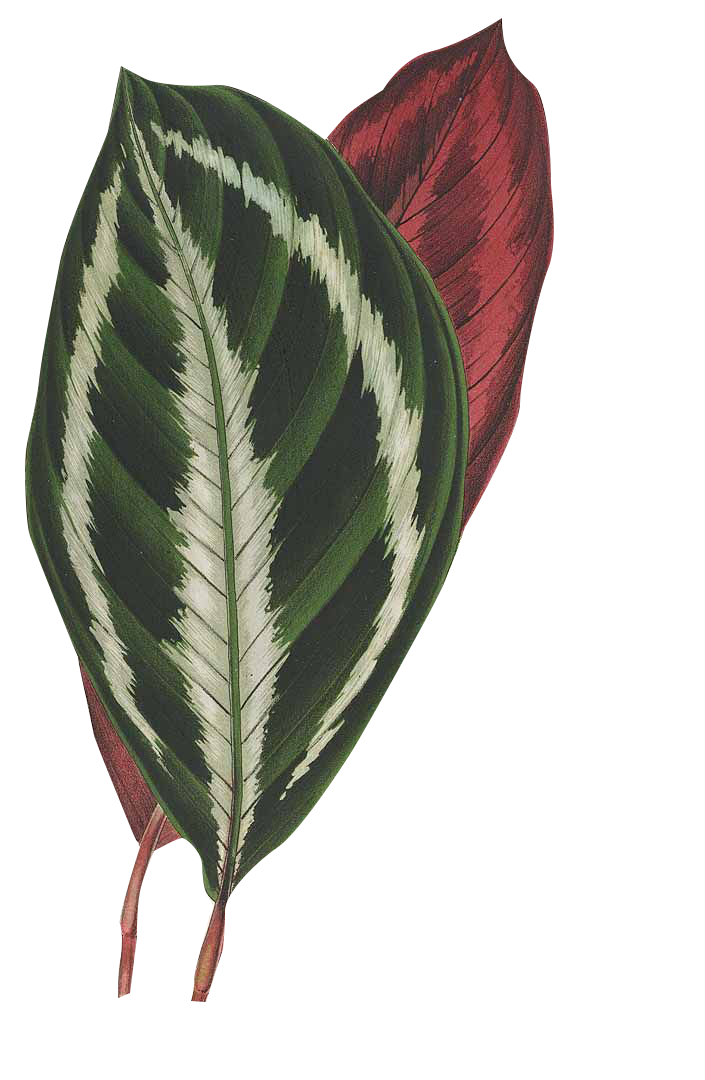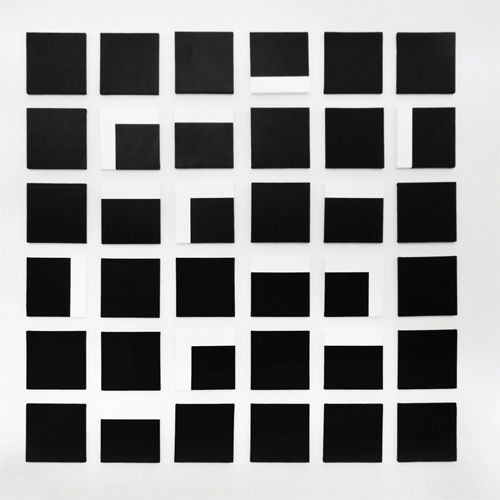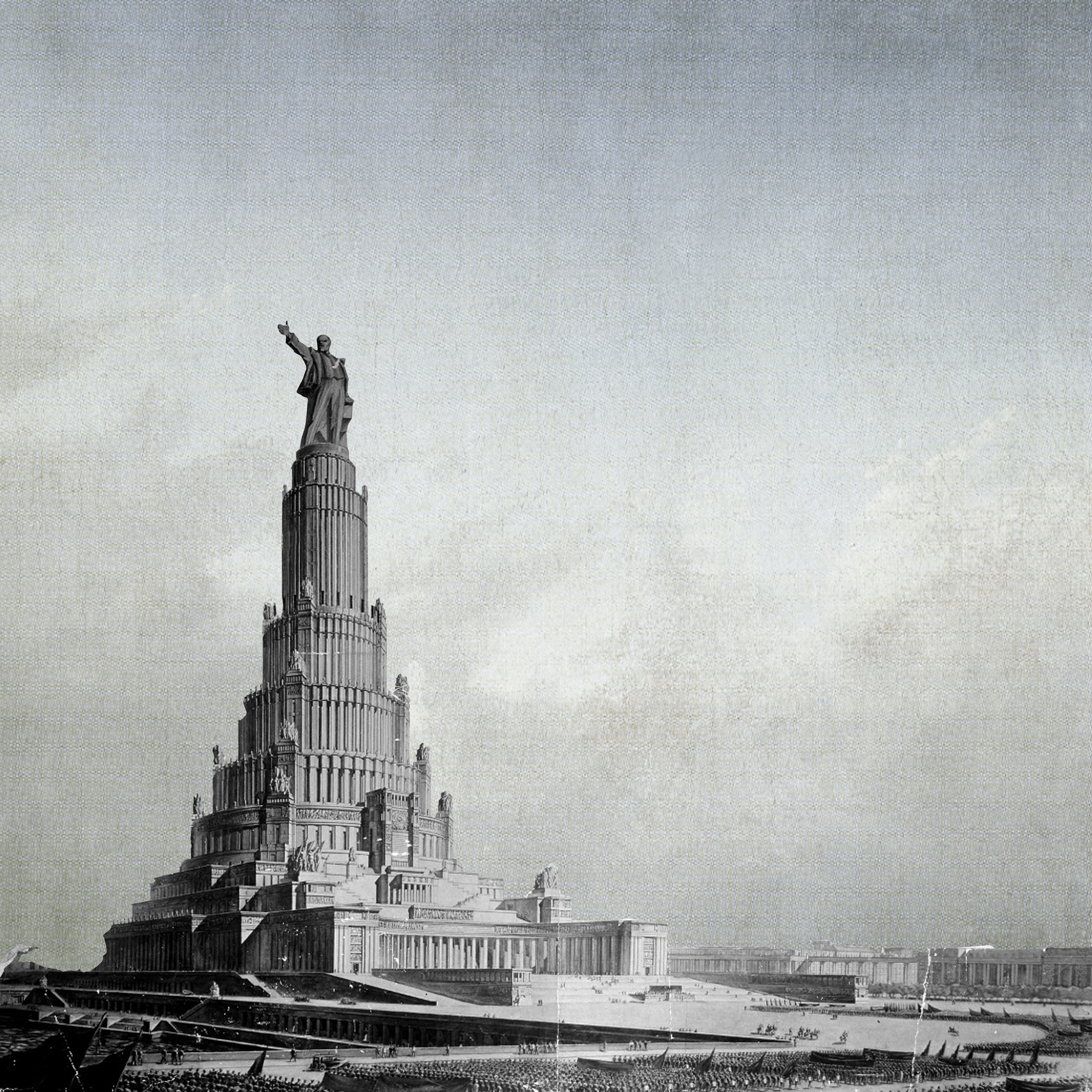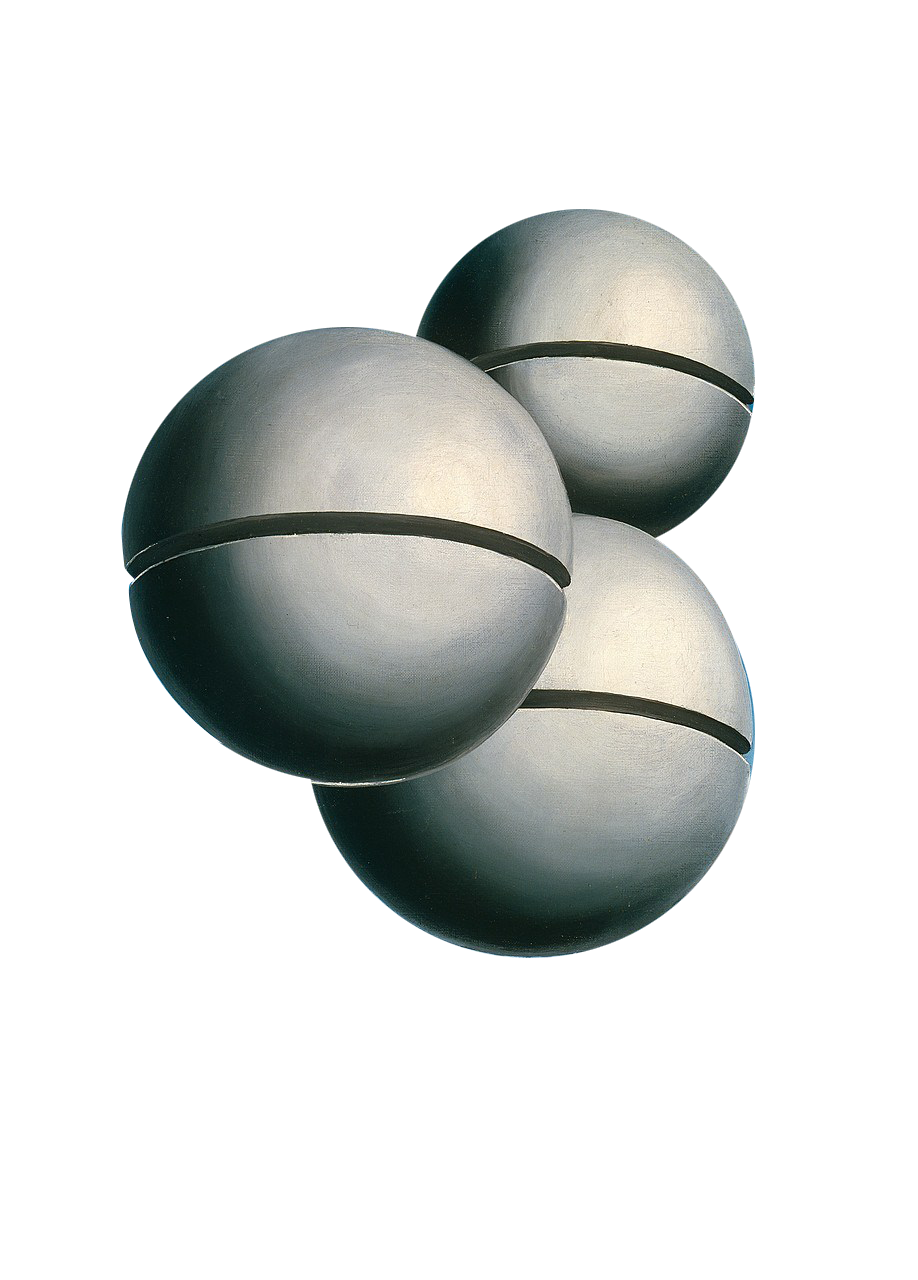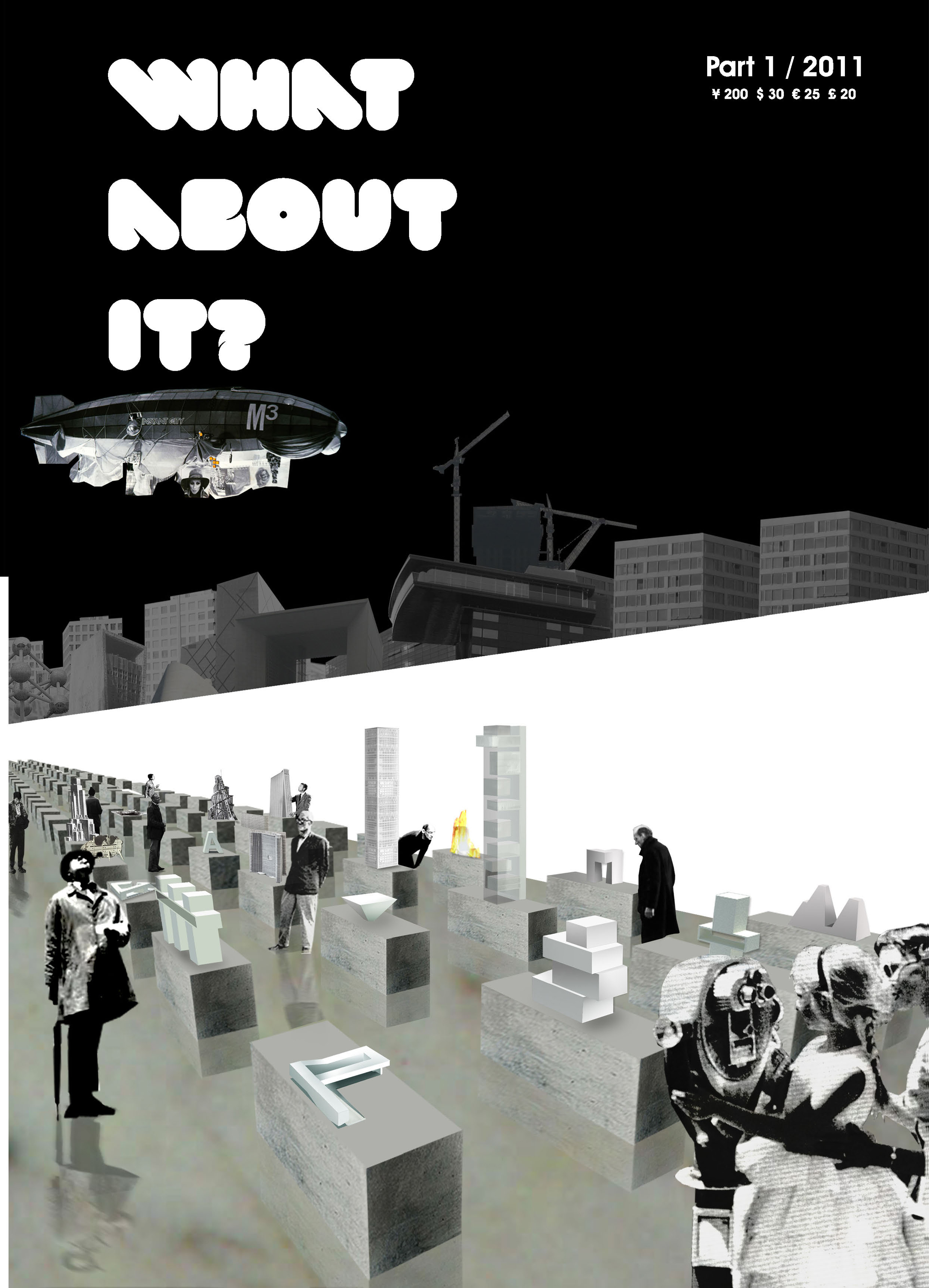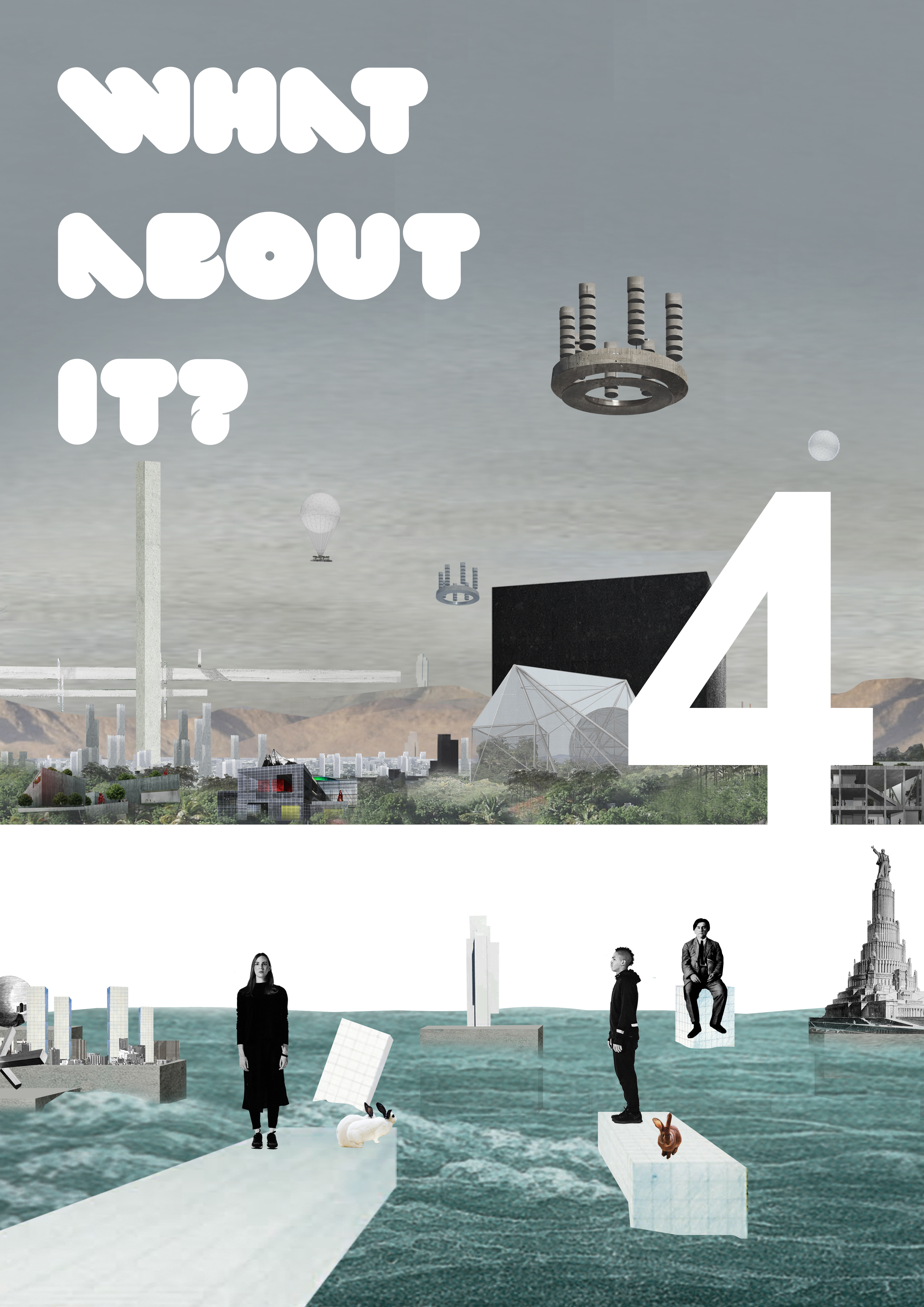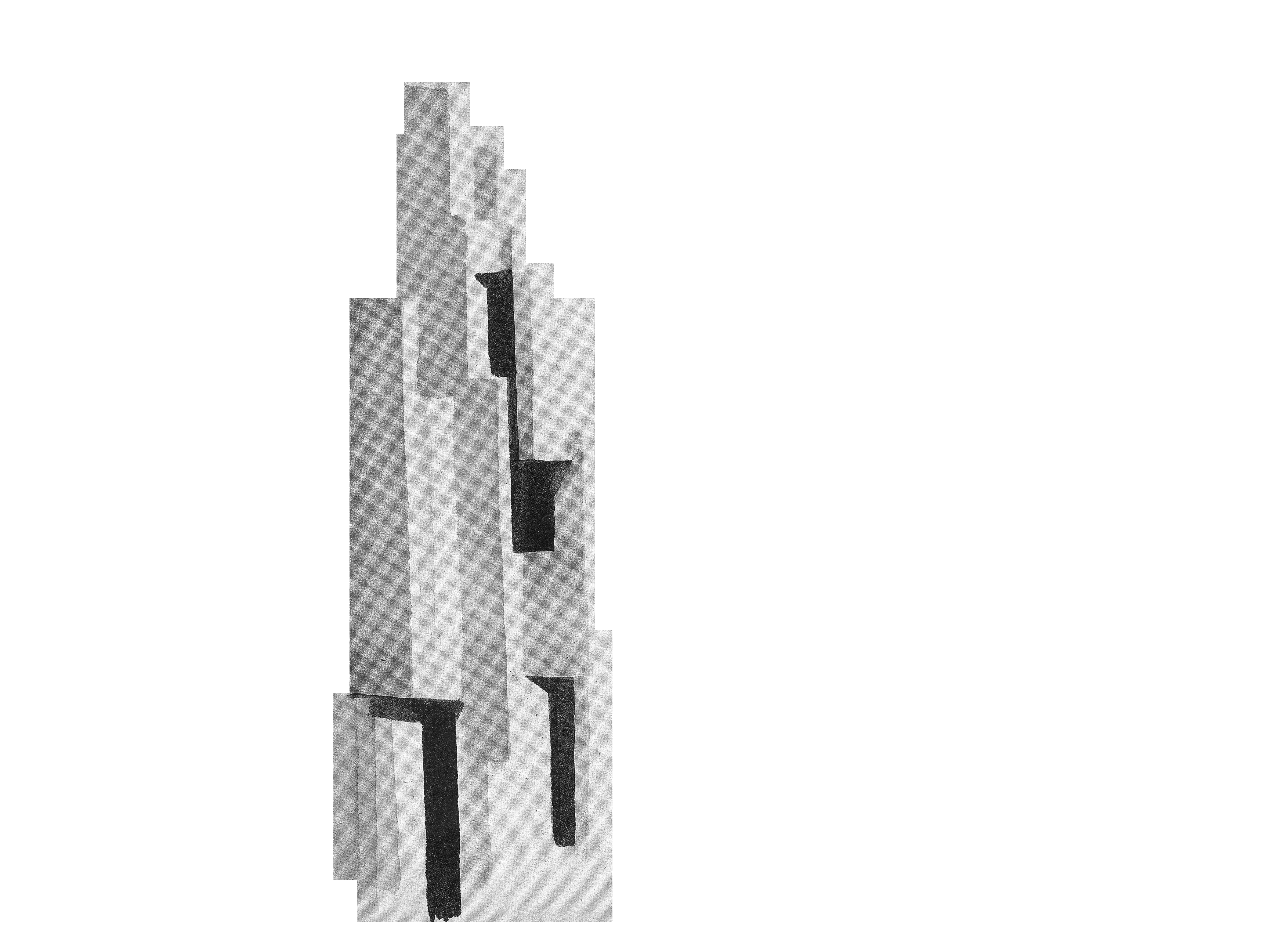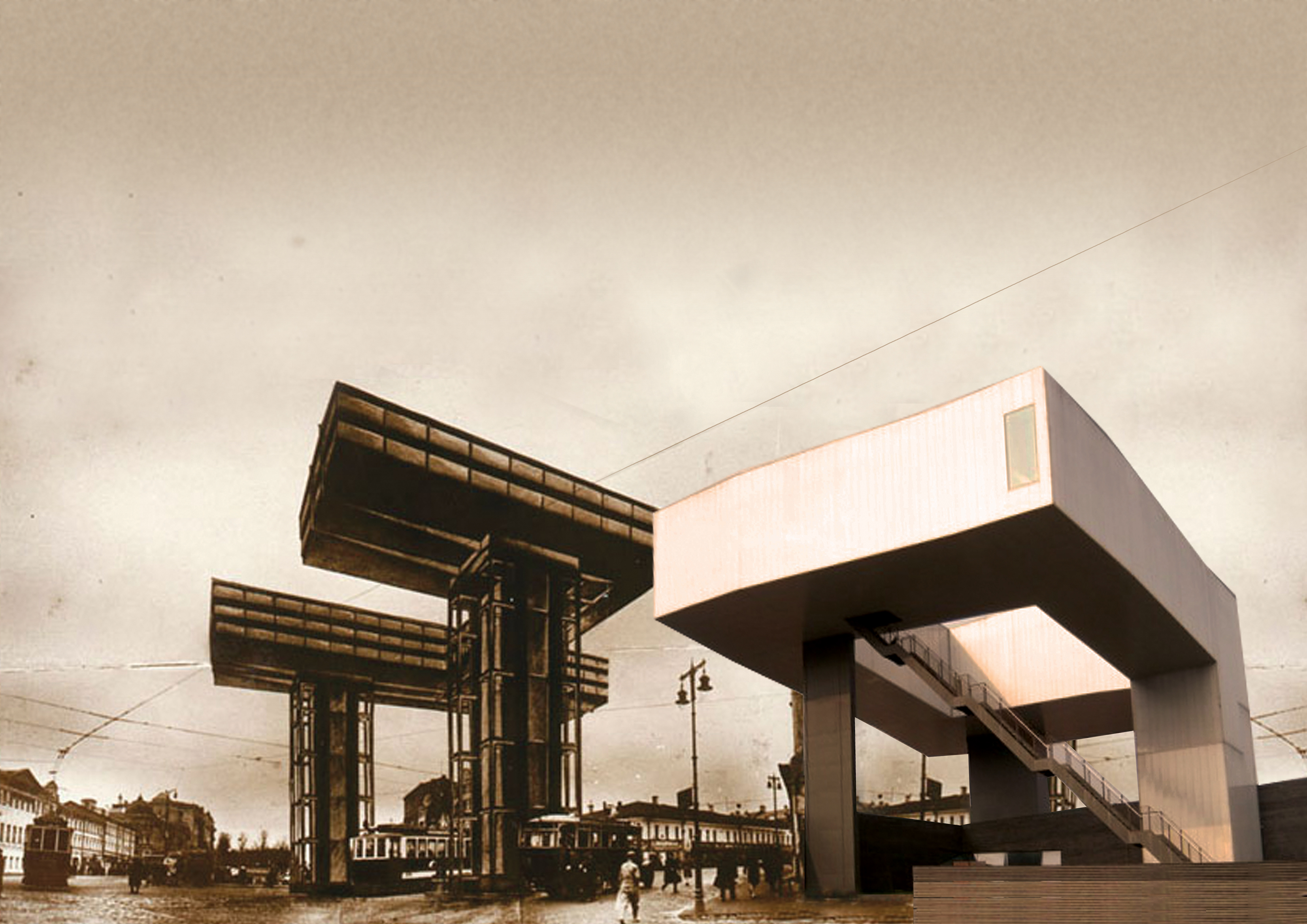Introduction to Shapes, Islands, Text: A Garcia Frankowski Manifesto (Sevilla: Vibok Works, 2014)
With a vertiginous trajectory and an unusual maturity due to both their coherence and unity for such young artists, García Frankowski's characteristic universe has managed to occupy a space in the complex system of the global art scene. The cultural imagery mobilized by their work is as rich and dense in references as in its formal, plastic and technical display. Either through paintings, writings, sculpture, typography, poetry, animations, performance or by the mixture of these diverse mediums, the authors insist on one clear particular inquiry: where does the potential of art reside when approached in its purest form?
Ambivalence
Garcia Frankowski’s response to this question raises a new problem, since they engage with two different notions of 'form'. Their starting point are forms emphatically geometric, but the scope of their discourse moves away from purely formal issues in their more conventional meaning: “We believe that geometric forms have, in their symbolic function, the potential to communicate ideas, whether they are archetypical, in the sense given by Carl Jung in his work on the collective unconscious, or acquired within a sociocultural framework. In fact, the interest we have in geometric form is shared by the interest we have in language and the use of words as codifying elements”.1 Gestaltic and visually poignant forms allow the collective to reclaim the artistic and multidimensional potential of the construction of the communication of ideas, advancing from the strictly sensorial and perceptive to connect with the intellect and imagination of their audience.
The visual impact provoked by their works immediately yields its protagonism to the relationship they establish between each other and with the physical space in which they are installed while being projected to the mental space of the viewer which in return becomes part of the work. As soon as the “purity” of the geometric form is superimposed on the implicit ambivalence of these interactions, the inquiry about the potential of art plunges into the interstitial space between artwork and thought as dynamic elements of an ongoing creative process. This liminal situation refers precisely to the crisis of the traditional concept of form in modern thought.
When Garcia Frankowski rely on geometric form as the kernel of their artistic language, they do it to reach its limits, to boost the plasticity of thought. Pure geometric form turns into a threshold that leads us to the modern redefinition of form: form as an internal logic of the subjective relationship established between author and receptor in relation to a pre-established reality.
The authors’ contribution lies in the fact that, despite working with the redefinition of form, they neither reject nor resign from its more traditional and canonical sense, while by contrast, they awaken it from inside its own crisis, in a sort of mise en abyme. Inside this apparent paradox, a strange loop occurs: the continuity with tradition short-circuits the domineering notion derived from the crisis of form (close with business values) that only the new goes in art; but it is exactly its crisis what provides traditional form with the critical potential that the one aiming at ‘newness’ implicitly lacks.
Veilings
It was by codifying communicative experiences as artistic expressions that the traditional notion of form was put in crisis by the avant-garde of the early Twentieth Century, opening an inedited opportunity for artists to experiment with the most diverse formats and mediums.
Garcia Frankowski retake this exploration although reversing the pattern by codifying artistic expressions as communicative experiences. To put it in their words, their work is “based on a dialogue with the history of art, with ourselves and with whoever reads or observes us”.2 As a basis to trigger this dialogue, the artists introduce a network of references of art episodes of the Twentieth Century with which the authors enter into resonance, or on the contrary, establish dissonances.
They acknowledge a special bond with El Lissitzky with whom the authors share an understanding of art as a living and inextinguishable infrastructure that provides and guarantees a space for emancipation and transformation. However, the allusions to authors like El Lissitzky, Kazimir Malevich or Ilya Chashnik go beyond the mere “reference” that pays tribute to the works that have influenced them. The authors speak explicitly about their interest in retaking and updating questions that were left unanswered.3
In this sense, by recovering and recoding references Garcia Frankowski simultaneously give support to new messages while aiming at continuing the discourses originally inscribed in the referenced works. The interweaving of these two discursive threads far from resulting in neat, identifiable, and transparent images like their pure geometric shapes, produce elaborated narratives with multiple possible meanings.
Semantic density is intensified in those works that hybridize diverse and sometimes distant historical episodes, and moreover, in the recoding of various singular installations. On the other hand, Garcia Frankowski’s recoding involves ellipses and digressions; the connections they make are not perfectly sutured. If they suggest some truth it’s not openly disclosed; rather it seems to be partially covered. Semantic density, narrative parenthesis and unhitching connections are veils designed by the authors to hint at those questions which were left in abeyance, inciting others to pick them up and discover the meaning by themselves.
Scenography
Byung-Chul Han observes that in contemporary society cultural expressions are rapidly consumed, up to the point of erasing their cultural value in exchange of their “exhibition value”.4 This provokes a controversial overlapping of trade and communication, propaganda and ideology. It is my impression that Garcia Frankowski, as intellectuals and artists have taken the determination of recovering the cultural value of aesthetics as a productive and critical component. To do so, the artists space out signifier and meaning, by designing conceptual and physical environments to be “inhabited”, be the scenic illusions that emerge from the surface of a painting, the scenographic experiences in the gallery or the spatio-temporal dialogues performed by figures and motifs themselves.
These polyvalent scenographies are crucial to the codification of artistic expressions as communicative experiences in Garcia Frankowski’s work. Scenography demands time for contemplation, delay for disclosure, slowing down to take delight. This position is indeed critical in a moment in which, following Han, hyper-communication imposes an accelerated and plain exposition of thought and ideas.5 In effect, Garcia Frankowski's work seems to be in tune with Han’s call to recovering ambivalence, scenography and distance in cultural interactions, as opposed to the lassitude of straightforward transmission.6
Removed from the dominating cultural coordinates, Gracia Frankowski develop a highly refined intellectual critique, which is not rooted in the message or the content, but in the erotic ethos of form. This is a critique that, in my opinion, not only addresses the status quo of art but also turns towards communication as well, finally offering a forceful and accurate response to the question about the potential of art in its purest form.
Trackback
Garcia Frankowski leave in their works a track of the process of thought, giving the reader the task of making a final link. These tracks emerge from the auditory effects of the subtle variation on persistent and precise repetitions, the nesting technique that inserts a medium inside another, the de-synchronization of reading and thought across the pages, the alteration of a work by the reminiscences of other works, the conflicts between signifiers and meanings, the use of diverse meanings that conjugate without getting changed, the title chosen for the works or the spatial dialog across them. Traces thus refer to techniques, working like "thresholds" that allow us to go over the path followed by the artists but in the reverse direction, from the sensual materiality and the plastic experience to the thought and the idea. The audience is interpellated by the purely formal and material to be brought into a constructive pattern of thoughts with a more complex form. It is on this trackback stripe that this artist's book arises.
Forms, Islands, Text is a sophisticated visual essay that somehow transfers to the pages of a book the experience of receiving Garcia Frankowski’s works at the exhibition space. We find in this book the same economy of expressive means, the sharpening of the available resources and the use of space as a communicative substratum that characterizes the suggestive sceneries of the shows at Intelligentsia Gallery.7 Just the same as their paintings or sculptures, the visual essay created by the authors explores ambivalence, veilings and scenography as timeless techniques to activate the critical dimension of form and its erotic ethos as communicative means. Every page in this book have a structure of conscious thought, but is loaded in addition with rich connotations, suggesting a fabric of latent relations that yield the reader the pleasure of being the one who wakes them up. But Shapes, Islands, Text is also a manifesto, a trackback codified as a work of art. With this vibrant artist's book Garcia Frankowski dramatize a declaration of intentions, performed by their own works.
--
References:
1 Alvarez, Paula (5 August 2013). "On Manifestos, form, criticism and autonomy: Interview with Garcia Frankowski". Book-A.net. Retrieved 10 August 2014
2Ibid.
3Ibid.
4Byung-Chul Han. Transparenzgesellschaft. Matthes & Seitz. Berlin 2012.
5Ibid.
6Ibid.
7Chen, Hao. "A Sincere Start", Garcia Frankowski: Experiments on Form, Exhibition Catalog. Beijing 2014.
--
PRACTICAL POLEMICS by Sophie Salamon
Introduction to Shapes, Islands, Text: A Garcia Frankowski Manifesto (Sevilla: Vibok Works, 2014)
Every word that is spoken and sung here […] represents at least this one thing: that this humiliating age has not succeeded in winning our respect.
– Hugo Ball
In a society that frequently superimposes economic motivations over the conception of pure cultural endeavours, Garcia Frankowski are the forerunners of a generation of unsung martyrs of the art market. They are looking for an artistic language that is simultaneously everywhere and nowhere, because to them it is only within this nothingness, or in other words this universality, that art may transcend economic parameters. With the release of their first artist manifesto – Shapes, Islands, Text – the polymathic duo present you, much coveted reader, with pointed insight into this very endeavour as it informs their work within and beyond the constraints of the canvas.
The most striking feature of Shapes, Islands, Text is the ease and simplicity with which the book uses associative negative space in order to communicate the aforementioned exploration of nothingness. Consequently releasing objects, images, and words from their semantic sheath. By practicing restraint throughout their visual language, the artists put into practice an overarching semiotic disenchantment. This is most apparent in the relationship between their poetry and geometric compositions. The poetry, oscillating between Dada and Absurdism, is scattered throughout the book, its words echoing the shapes that envelop them on the surrounding pages. The viewer thus experiences the moment of transition between meaning and un-meaning, as words become objects and objects become nothingness.
While their practice spans a remarkable breadth of media from poetry and video art, to collage and publishing, their oeuvre remains thematically coherent – reinforcing its unique pluricentricity. Clarity of form communicates a distinctive confidence, gained through having gazed long into a cultural abyss. As a result, it is particularly with the release of this manifesto that the quiet tension within their overall practice becomes harnessed artistically – emanating a curious blend of elegance and discontent.
Thus, the enthralling asceticism of Shapes, Islands, Text provides practical polemics in an age of obsessive commoditization.
--
A Sincere Start by Hao Chen
Published on the occasion of the exhibition Garcia Frankowski: Experiments on Form at Intelligentsia Gallery, Beijing.
“Experiments on form” shows a mix of pristine and sophisticated quality. It seems like a hail to Malevich at first glimpse; yet it actually departs from the 1910s’ Suprematist, and shifts the meaning of the black creations. They are no longer individual paintings or objects once they are placed in this certain room, which subvert the way we experience Black Square.
Admittedly, we can spend hours discussing the ideas and techniques in these art pieces. How they draw black on black reminding us of the white on white; how they oscillate between the three-dimension and flatness; how they reverse the darkness between objects and their shadows.
However, the most intriguing quality I find in the exhibition is the space as a whole piece. The backdrop is not a canvas, a wall, a decent museum, but a small anonymous room somewhere in Beijing. The space is so confined and basic that everything gets more concentrated and interrelated; thus, the richness could emerge in the limitation with only few pieces at play. This condensed experience and experimental character has always been rooted in art, but somehow missing in high culture today. That’s why we appreciate the sincerity and primitivity the exhibition conveys ,which will be a powerful attitude fueling the Intelligentsia Gallery in the long run.
真诚的起点
陈昊
“形式实验“体现出原初与复杂的混合。他初看像是对Malevich的致敬;实则脱离了20世纪初的至上主义,并改变了黑色创造物的意义。当这些创作被置于这个特定房间的时候,他们不再是单独的绘画或是物件, 他们颠覆了我们过去对“黑色方块”的体验。
诚然我们可以花很久讨论这些作品背后的思想和技巧。讨论他们如何以黑色上的黑色让我们联想起白色上的白色,讨论作品是怎样在三维和扁平中摇摆,讨论他们怎样倒置了物体与其阴影的关系。
然而,展览最吸引我的特点在于,将其空间作为一件作品的整体来看待。作品的背景不是画布、墙、体面的博物馆,而是隐匿于北京某处一个匿名狭小的房间。这个空间如此基本而局限,使每个物体都变得更为集中和相关,而丰富性就得以通过很少的几件作品在有限的空间中产生出来。这种浓缩的体验和实验的特征长久以来存在于艺术之中,而在当今的高雅艺术中却有所缺失。我们因而欣赏展览传递出的真诚与原初感,它们将使智先画廊走的更远。
--
Black on White by Guido Tesio
Published on the occasion of the exhibition Garcia Frankowski: Experiments on Form at Intelligentsia Gallery, Beijing.
I. (Premise)
INTELLIGENTSIA is a small gallery with big ambitions.
INTELLIGENTSIA is not a private archive and showcase for artistic production, but a gathering place for confrontation.
EXPERIMENTS ON FORM is the opening exhibition of INTELLIGENTSIA.
Like every opening exhibition EXPERIMENTS ON FORM plays a special role in the definition of the artistic agenda of its curators, being somehow expected to set the path for upcoming events.
EXPERIMENTS ON FORM paradigmatically manifests the intentions of Cruz Garcia and Nathalie Frankowski.
II. (Description)
EXPERIMENTS ON FORM displays eight recent works by Wai Think Tank, providing an overview of Garcia Frankowski’s wide range of works, spanning from polyptych paintings to collages and sculptural models.
Stretched out over the disciplinary discourse on architecture that constitutes their usual field of application, these Experiments on Form shed light on WAI’s purely artistic side.
Garcia Frankowski’s approach to Abstraction focuses on the paradigmatic and archetypical nature of pure geometric Form, its ordinariness as well as its ambiguity. Through the recurrence of circles, squares and triangles the exhibition is arranged as a set of visual compositions employing concepts such as difference and repetition, proximity and distance, unity and fragmentation.
The simple space of the gallery works as a pressure chamber, forcing the different works to interact with each other and abandon their own autonomy. Here, interaction and confrontation are not only desirable, but ultimately unavoidable and therefore consciously exploited.
Each Experiment on Form is carefully intended to react with the others, therefore involving the viewer in a multiple but unitary experience. Through juxtaposition with the rest each piece is bound to a context that both supports it and interferes with its own possible understanding.
III. (Fragments of a critical reading)
The work of Garcia Frankowski is open to multiple readings, but not to any one. The most dangerous misunderstanding would be to misread the elementarism of their work for a certain minimalist aestheticism. Garcia Frankowski’ s art is abstract but definitely not Minimal. In fact, WAI shifts the focus from the Ontological and focuses on the Relative quality of form, from its supposed transcendental and permanent meaning to its availability to continuous conceptual re-appropriation.
For Garcia Frankowski form is a tool not the goal. There is no metaphysics of form, no hidden meaning behind their squares, circles and triangles; their mystery is all in the surface. The Forms of Garcia Frankowski are deprived of any inner quality beyond their genericity and universality, that is to say, their instrumentality. Experiments on Form do not display objects to be silently revered but investigate the multiple and possible relationships between accessible and collective archetypes.
A square is a square, a circle is a circle, a triangle is a triangle. This tautological dimension is tactic. Garcia Frankowski’s forms have to be meaningless; in order to let meaning emerge out of their combination. Revisiting and exploiting the archetypical is Garcia Frankowski’ s way for originality.
Purposely non romantic – unemotional and impersonal – Garcia Frankowski’ s art is not aimed at fixing on canvas the intimate struggles of its authors. Its language is conventional, not confessional. But what is the meaning of such a programmatic denial of the principle of authorship? What’s the ultimate scope of Garcia Frankowski’s Experiments on Form?
Purposely meaningless, the art of Garcia Frankowski challenges the conventional relationship between art and viewer, its passivity in front of the work of art. What is exposed is in fact not the final results of Garcia Frankowski’ s experiments, but the experiments themselves, intended as an open process which the visitor is invited to proactively join. The lack of inner meaning, the absolute conventionality of this art is exactly what defines its immediate accessibility. Suggesting that art should deal more with the collective and anonymous processes than with the inventions of the individual. Experiments on Form is an invitation to contribute and participate in a shared experience.
Experiment on Form is like a text. Like black letters over white paper, the pure Forms of Garcia Frankowski collide and combine in a process of semantic redefinition that is virtually always open. The combinatory and therefore reversible character of Garcia Frankowski’ s work - forms reacts without sublimating, without losing their own identity - defines a certain “ frozen” character of their work. Each composition is like the still frame of a dynamic process, somehow tempting the viewer to rearrange – mentally or physically - the composition in its own way, finding alternative formal relationships between the objects on the wall.
In so doing Garcia Frankowski seems to revisit a typically modernistic trope; the paradigm of a progressive idea of art as “new moves” under established rules, the idea of art as the individual exercise of freedom within collectively shared boundaries.
IV. (The problem of beauty. A question for possible debate)
Is beauty still at the core of artistic expression? Is that its ultimate goal? Is an art focused on the analytical, the programmatic and the performative – thus deprived of any synthetical moment – capable to address beauty? Is beauty nothing more than a residual of past eras, a residual of religion in its supposed salvific power to transcend contingencies and address the eternal? Is beauty nothing more than a decadent leisure that avoids the real problems of life? Is beauty an issue for Garcia Frankowski?

